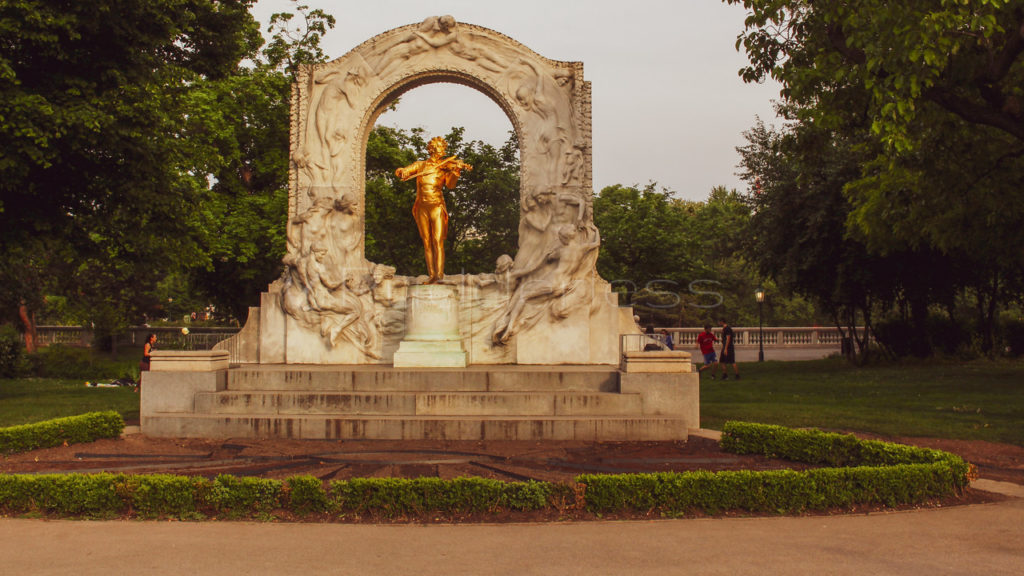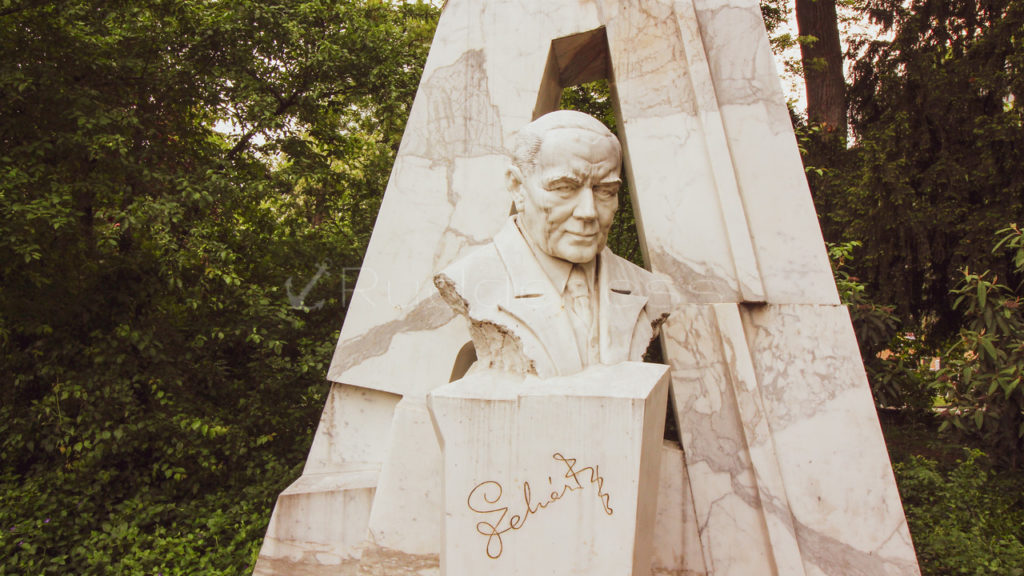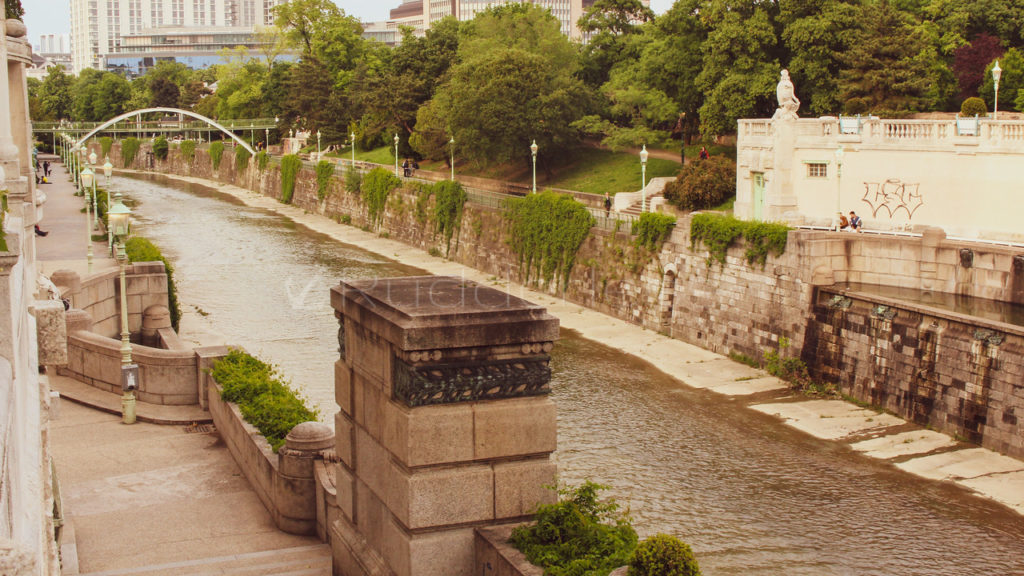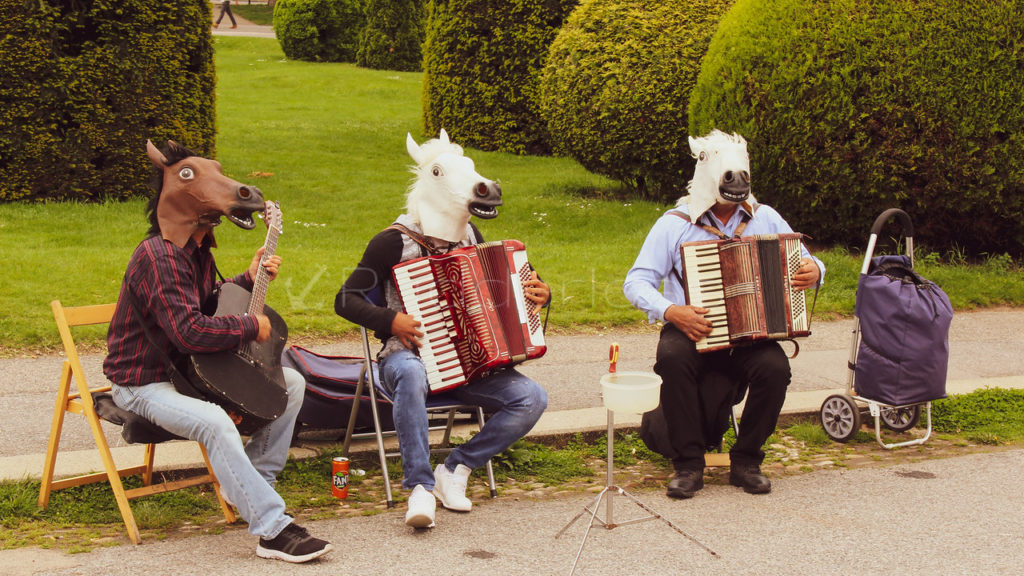The Complete 2 Days In Vienna Itinerary
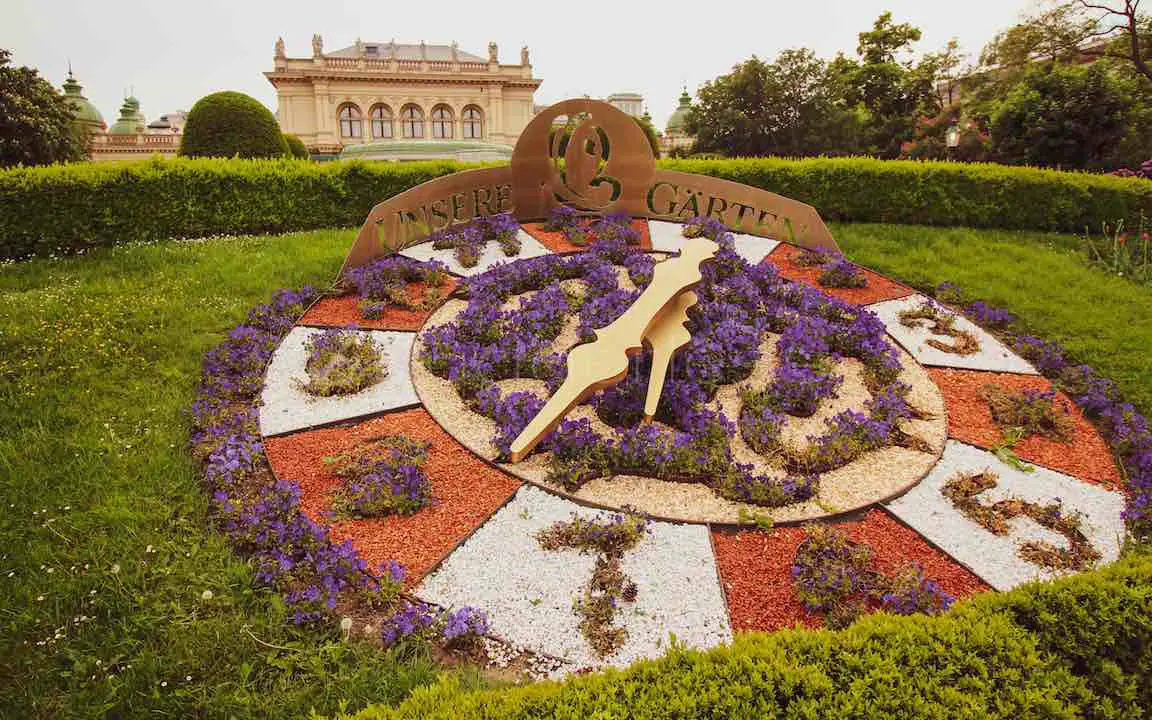
Vienna was the city I was in when I first learned of my dear friend’s passing.
My 2 Days in Vienna itinerary, began with a text message from a friend of mine around midnight (Vienna time) asking me what time I would be attending the viewing of a friend of ours. Unfortunately, she didn’t know I was in Europe, six hours ahead of her and even worse – she didn’t know…that I didn’t know that our friend had passed away.
I couldn’t sleep.
My dear friend had lost her battle with ovarian cancer. I was in complete shock because I saw her not too long before I left for Europe. She was 29 at the time and a newlywed. Although Gordana was in Zagreb and I was able to talk to her a bit about it, which helped. But honestly – I spent the rest of the night trying to process everything.
For the first time in my years of travelling, I lost my excitement and wanted to crawl up in a ball and stay in my accommodation. With whatever sleep I managed to get when morning showed up, I got out of bed and hit the streets with whatever little bit of energy I had.
I dedicate this post to my friend Dimitra.
In all honesty, I probably could have seen Vienna in a day with all its fantastic sights. Usually, I’d let you know where the museums are but often opt out of seeing them as they will eat away at the limited time you have. But with such an abundance of precious cultural treasures, concert halls, contemporary art, baroque palaces and a whole area filled with museums. As the city of music (Johann Strauss, Wolfgang Amadeus Mozart, Franz Schubert and more), it would be a sin not to take in a concert in one of the many concert halls and music venues.
This article is now available as a mobile app. Go to GPSmyCity to download the app for GPS-assisted travel directions to the attractions featured in this article.A Bit Of Vienna’s History
- A military camp created by the Roman Empire grew into a settlement known as Vindobona. Vindobona was a prominent trading spot in the 11th century.
- Vindobona eventually became the capital of the Babenberg dynasty; then, the Austrian Habsburgs and lastly, the Austro-Hungarian Empire.
- Since the end of World War I, Vienna has been the capital of Austria.
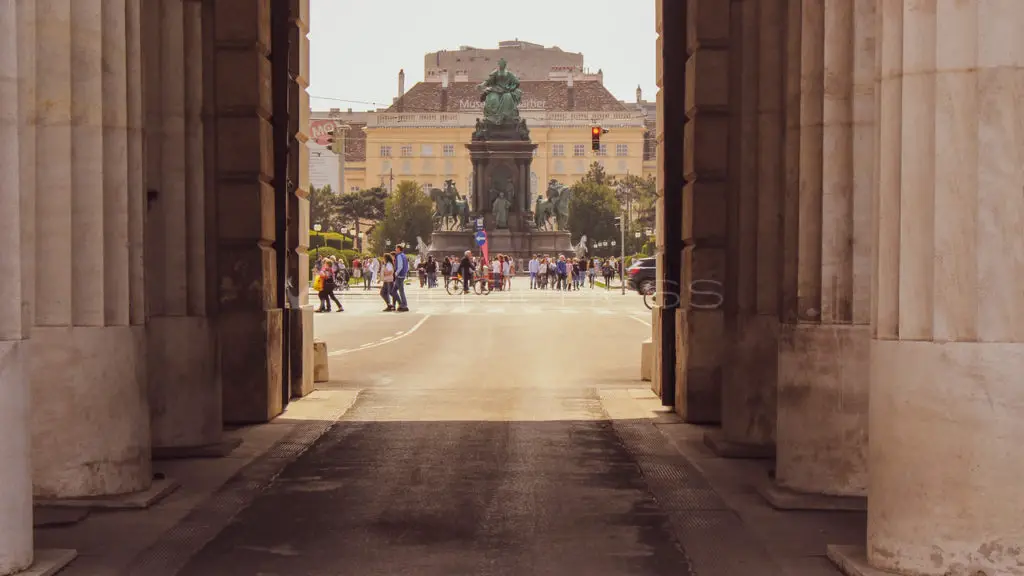
Getting to Vienna
Plane
Vienna International Airport has a city airport train that runs every 30 minutes and will get you to the city center in about 16 minutes. It runs from 5:30 a.m. until 11:30 p.m. There is also the S-Bahn, which will get you to Vienna Central in about 24 minutes. Lastly, there’s is a bus. 1183, 1185 and 1187 leaving from the airport will get you to Vienna’s city center in 45 minutes.
Train
Vienna (Wien) Hauptbahnhof is the largest train station in Austria. You can get to the city center by train using the S-Bahn’s S60 and S80, which usually depart from platforms 9 and 12. Vienna (Wien) Westbahnhof has both regional and international routes with trains to places like Germany, Switzerland, France and Belgium. Westbahnhof also has two metro lines, the U3 and U6, that will get you to the city center as well as the 5, 6, 9, 52 and 57 tram lines.
Getting around Vienna
Vienna has an excellent public transportation system, which includes the S-Bahn services, five U-Bahn lines, tramways and buses. Getting around is easy. Cycling is also very popular in Vienna, as well as electric scooters, but exploring Vienna on foot is the best way to see and experience the city.
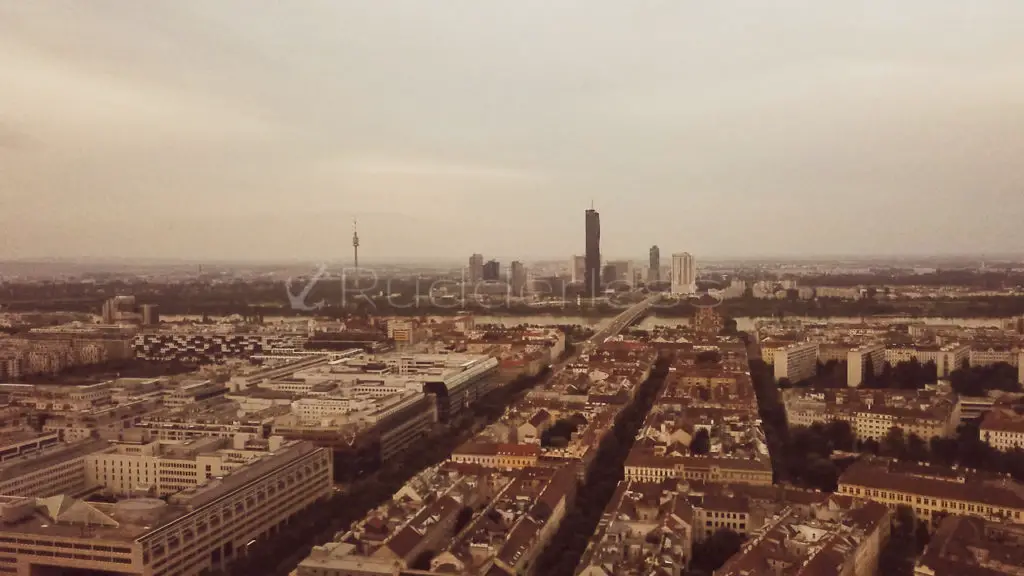
Best Area To Stay In Vienna
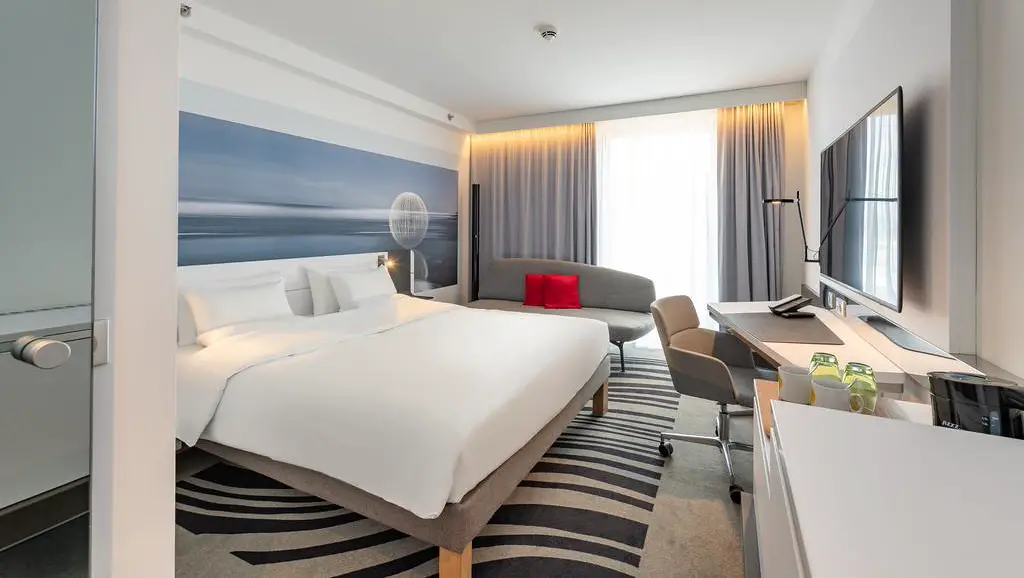
Novotel Wien Hauptbahnhof
Meters away from both the palace and the opera house, the Novotel Wien Hauptbahnhof is a designer hotel and an example of imperial architecture. The lounge restaurant serves authentic dishes.
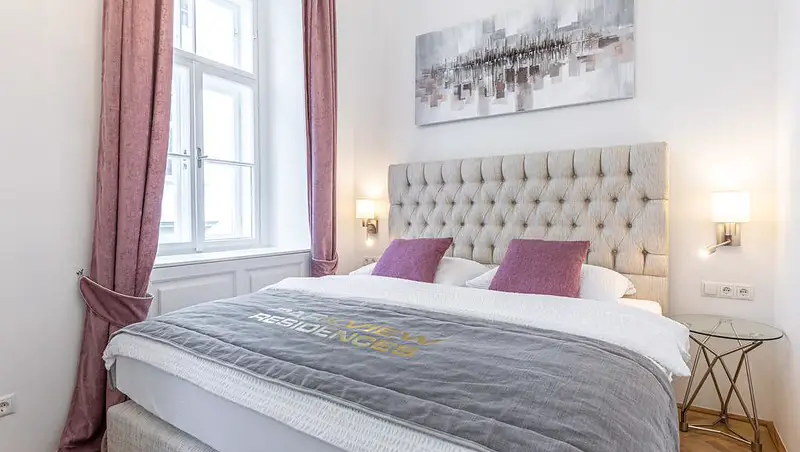
Parkview Residences
The Parkview Residences are in a central location in Vienna and are perfect for private and business travellers. With outstanding service, all apartments are air-conditioned with a fully equipped kitchen.
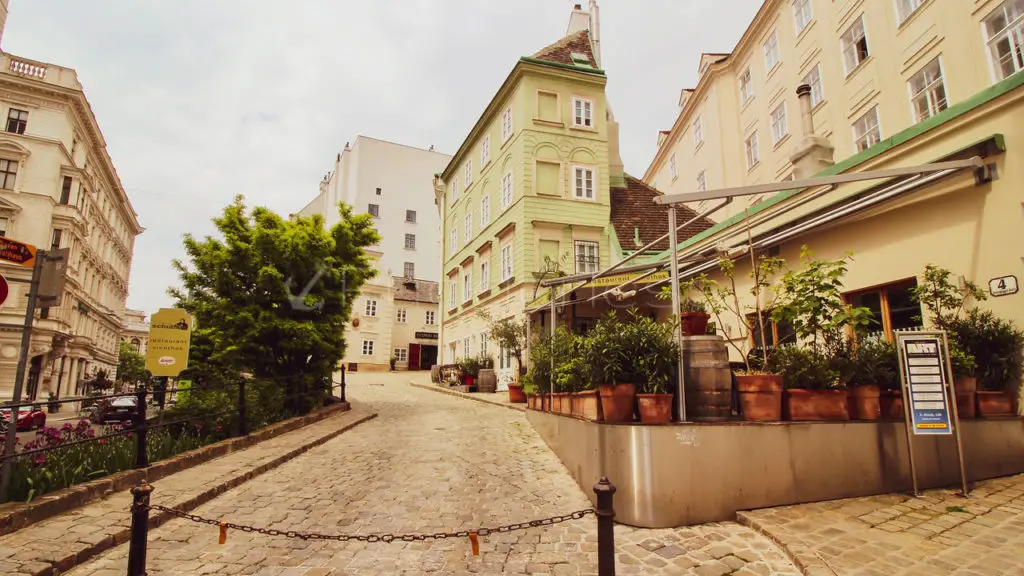
Day 1
2 Days In Vienna
St. Charles Church (Karlskirche)
Let’s start at Karlskirche Subway Station on the south side of Karlsplatz is The Rektoratskirche St. Karl Borromäus, also known as Karlskirche (St. Charles Church). It’s not only a beautiful baroque church; it’s – in my opinion, one of the city’s most magnificent buildings. The church is dedicated to Saint Charles Borromeo.
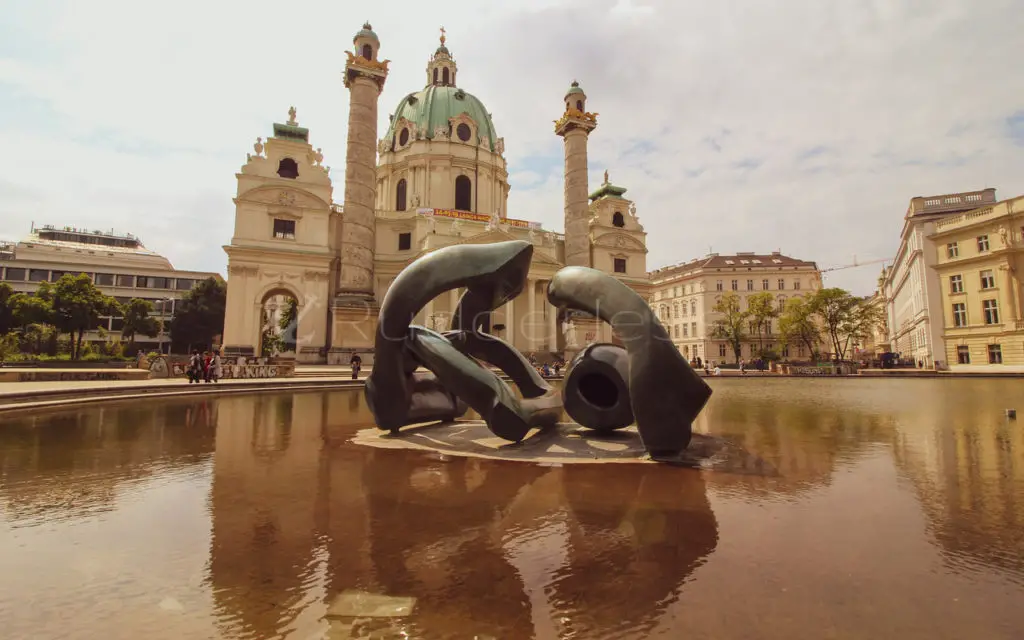
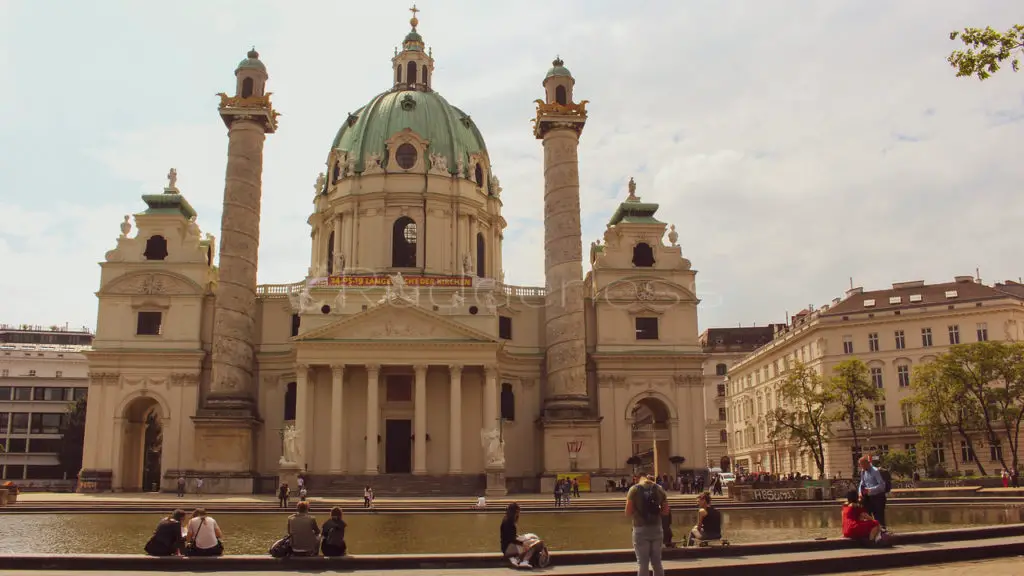
Wiener Musikverein
The Wiener Musikverein, also known as Musikverein, is a prestigious concert hall and the home of the Vienna Philharmonic orchestra. The Great Hall is considered one of the most beautiful concert halls in the world and is known for its outstanding acoustics. It was erected on a piece of land provided by Emperor Franz Joseph I, as the new concert hall run by the Gesellschaft der Musikfreunde.
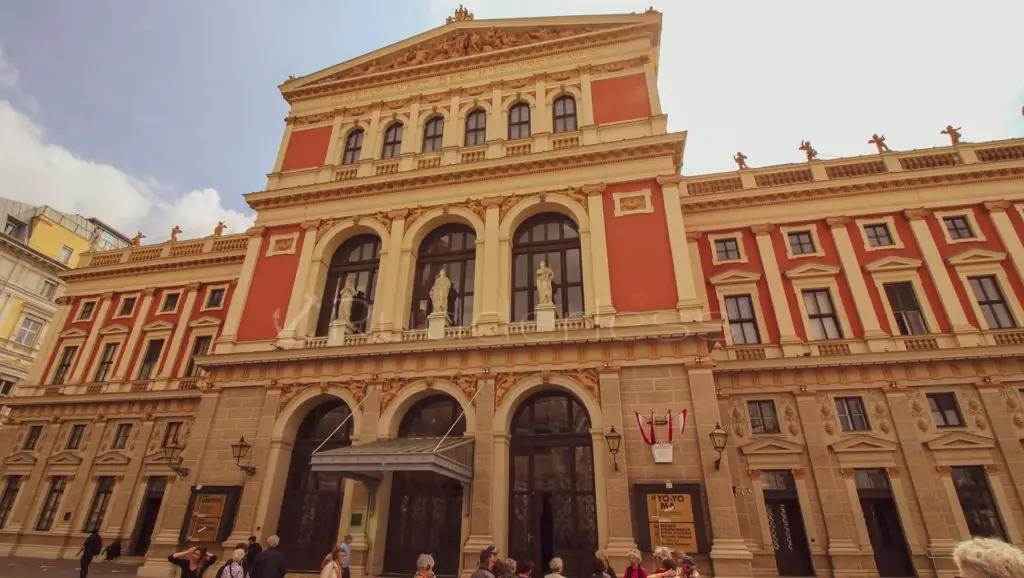
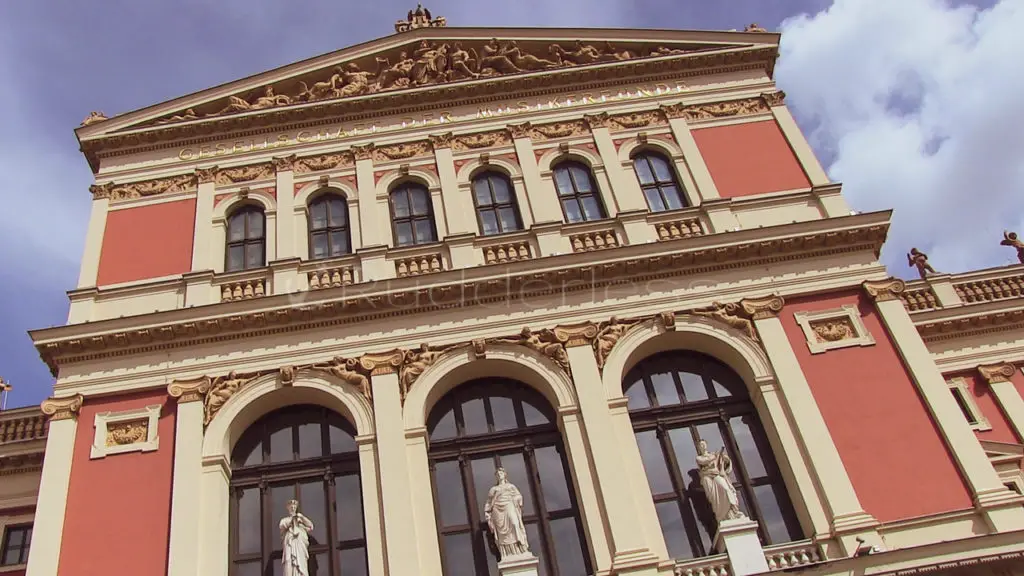
Vienna Secession
Marking the official beginning of modern art in Austria was the formation of the Vienna Secession in 1897. Led at the beginning by Gustav Klimt, the Secessionists gave contemporary art its first dedicated venue in the city. It was the first movement of artists and designers who were committed to a forward-thinking, internationalist view of the art world.
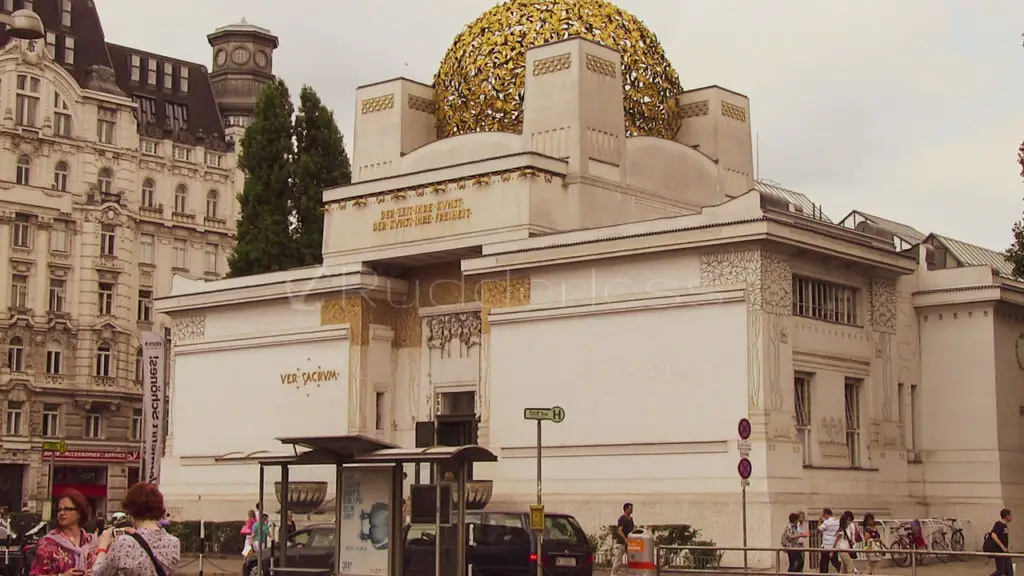
Naschmarkt
Depending on the time of day, you can have breakfast or lunch in the large open-air market – Naschmarkt. Cafes and seafood stalls packed with olives, fruits, veggies, spices, regional wines, beer, etc..
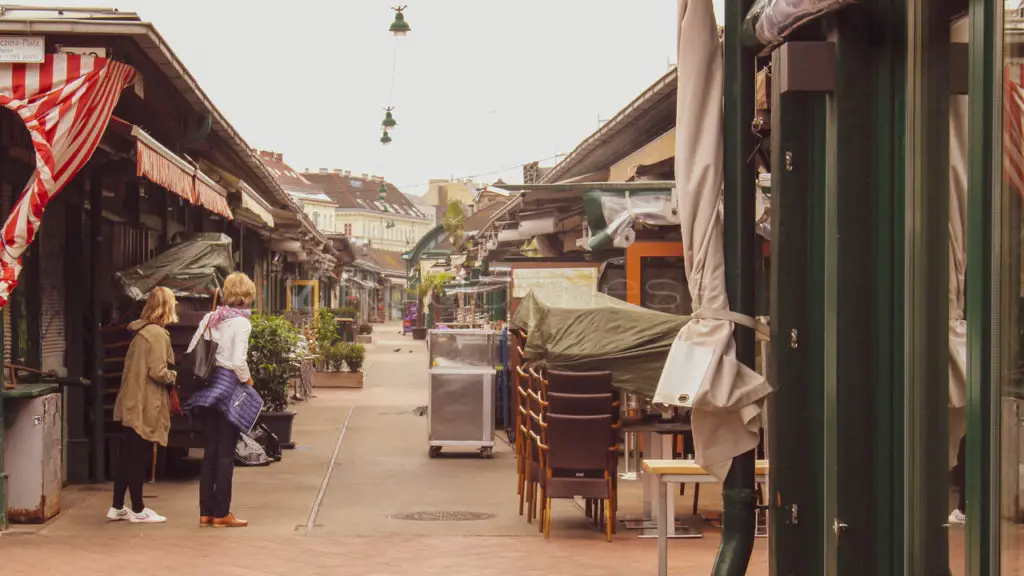
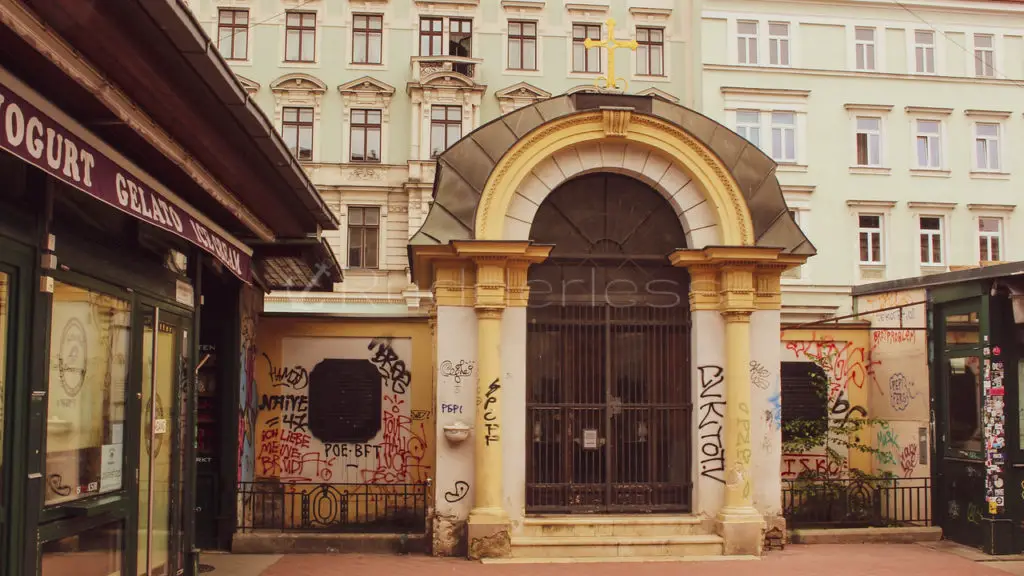
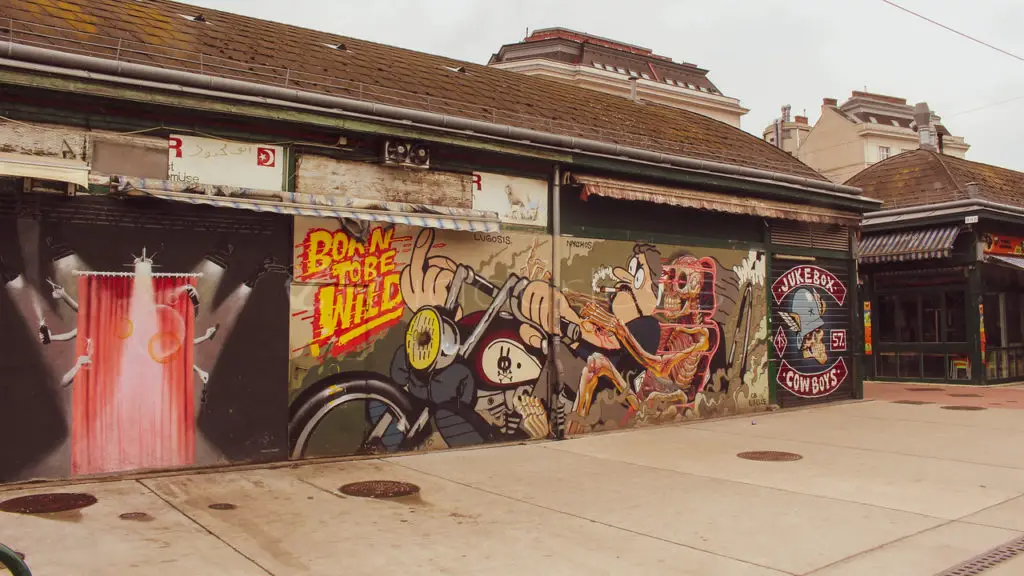
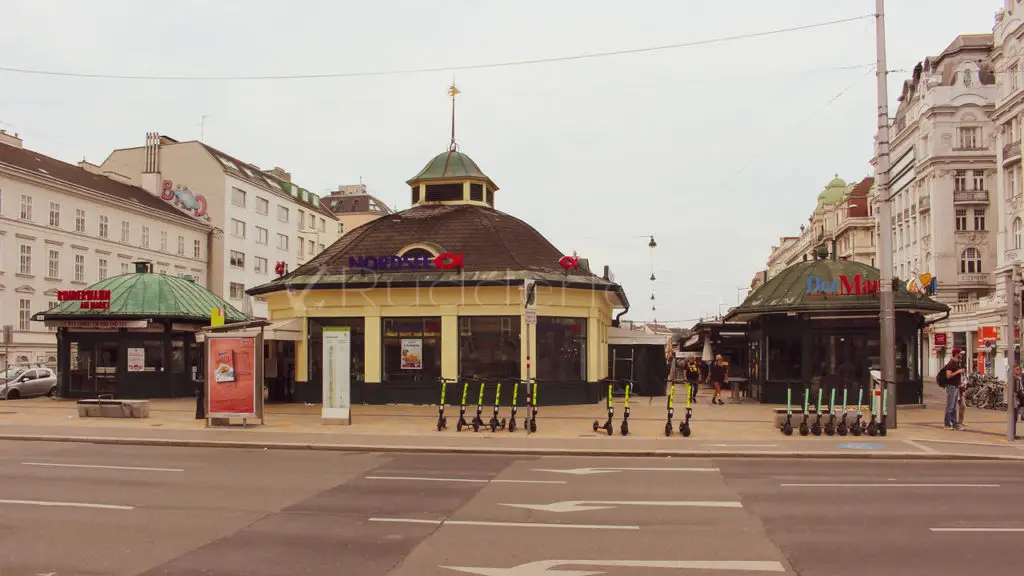
The MuseumsQuartier (MQ)
Spread over 90,000m2 and encompassing 60 cultural institutions, the MuseumsQuartier Wien is where the historic architecture meets contemporary design. From fine art, architecture, music, fashion, theatre, dance, literature, children’s culture, game culture, and street art to design and photography. Architect Johann Bernhard Fischer von Erlach designed the MQ as Vienna’s imperial stables in the eighteenth century. MuseumQuartier is one of the largest districts for contemporary art and culture in the world.
Inside the MQ Complex…

ZOOM Children’s Museum
At ZOOM Children’s Museum is a hands-on place for children to ask questions, touch, feel, examine and explore with all their senses.
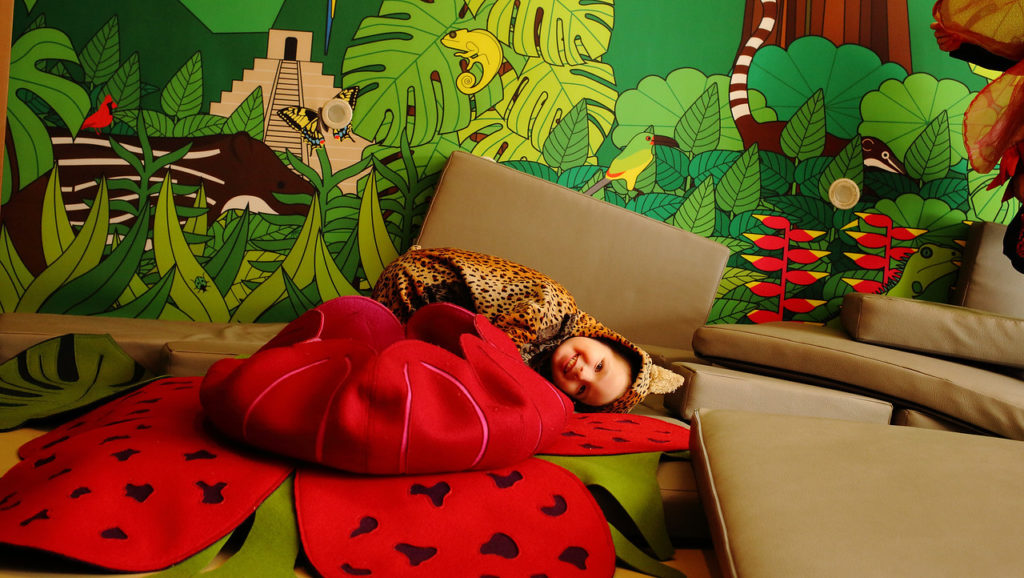
Leopold Museum
The Leopold Museum is home to the most extensive collection of works (some 40 paintings and around 180 drawings) by Egon Schiele.
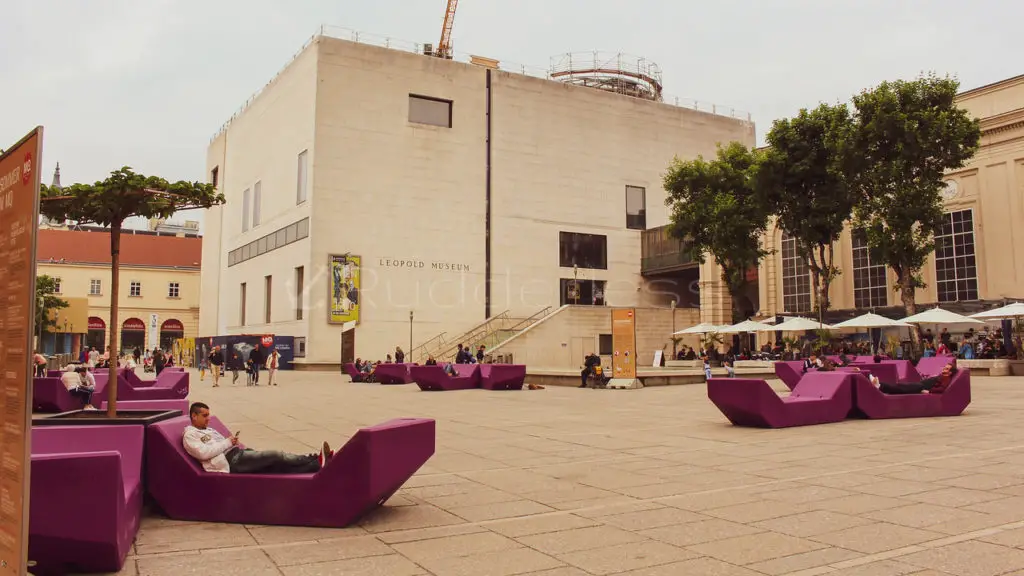
Kunsthalle Wien
The Kunsthalle Wien focuses on international contemporary art. It displays artworks that shed light on social relations.
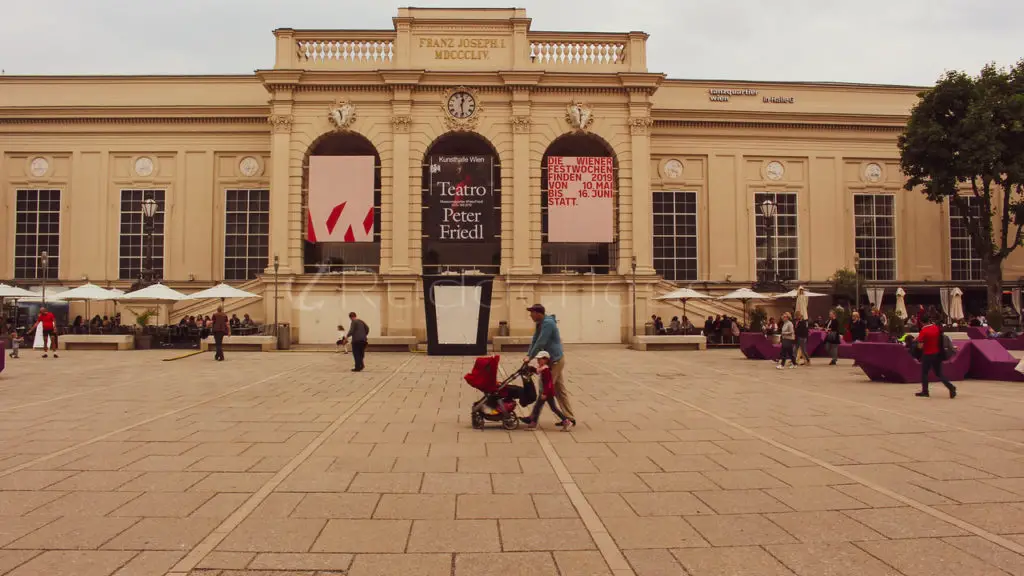
mumok – The Museum Moderner Kunst Stiftung Ludwig
is the largest museum of modern and contemporary art in central Europe. Significant works include classical modernism, pop art, Fluxus, minimal art, and concept art, as well as Vienna Actionism and contemporary art.
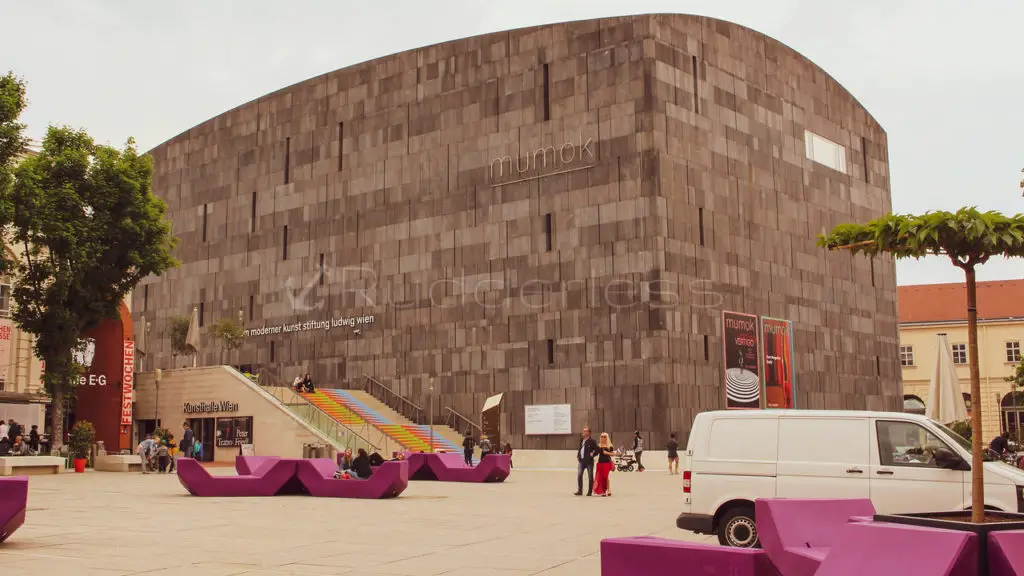
Volkstheater
The Volkstheater opened in 1889 with the same functions and characteristics as the present-day Burgtheater. It has 830 seats and is one of the largest theatres in German-speaking countries. It was built by the architects Ferdinand Fellner and Hermann Helmer.
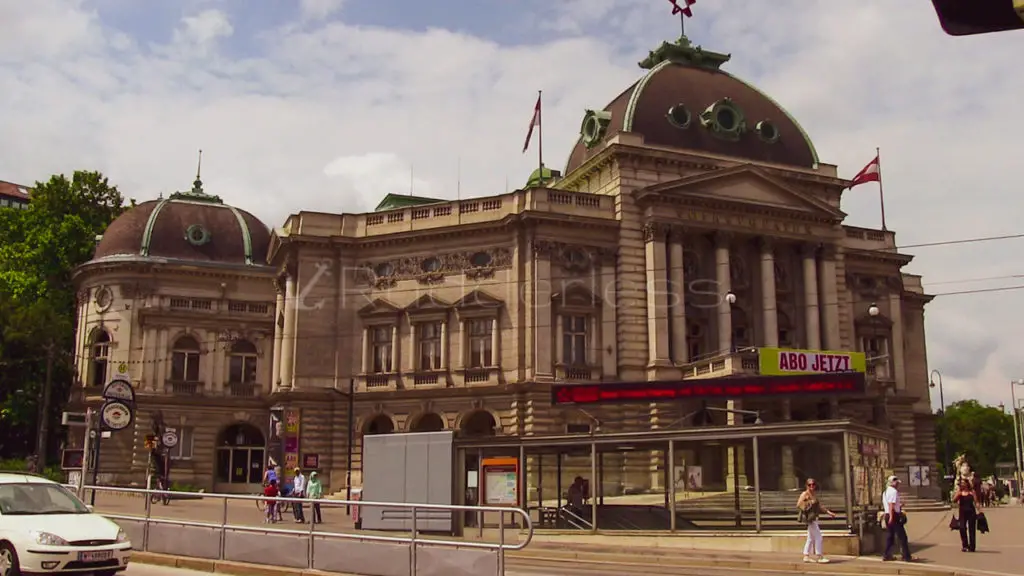
Ferdinand Raimund Monument
Located near the Volkstheare is the Monument to Ferdinand Raimund. It was designed in 1898 by the artist Franz Vogl.
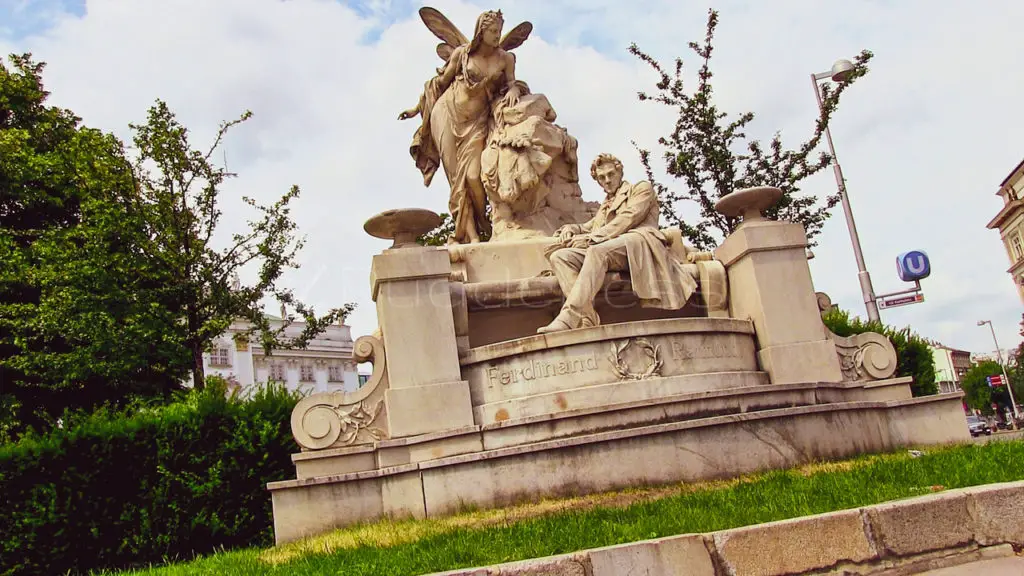
Maria-Theresien Platz
Maria-Theresien-Platz consists of Maria-Theresien Statue and two monumental buildings that mirror each other, with the same neo-Renaissance design and towering domes. German architect Gottfried Semper is responsible for their design while Carl von Hasenauer designed the interior of the museums.
The building to the south houses the Kunsthistorisches Museum (Museum of Fine Arts), and the building to the north houses the Naturhistorisches Museum (Museum of Natural History).
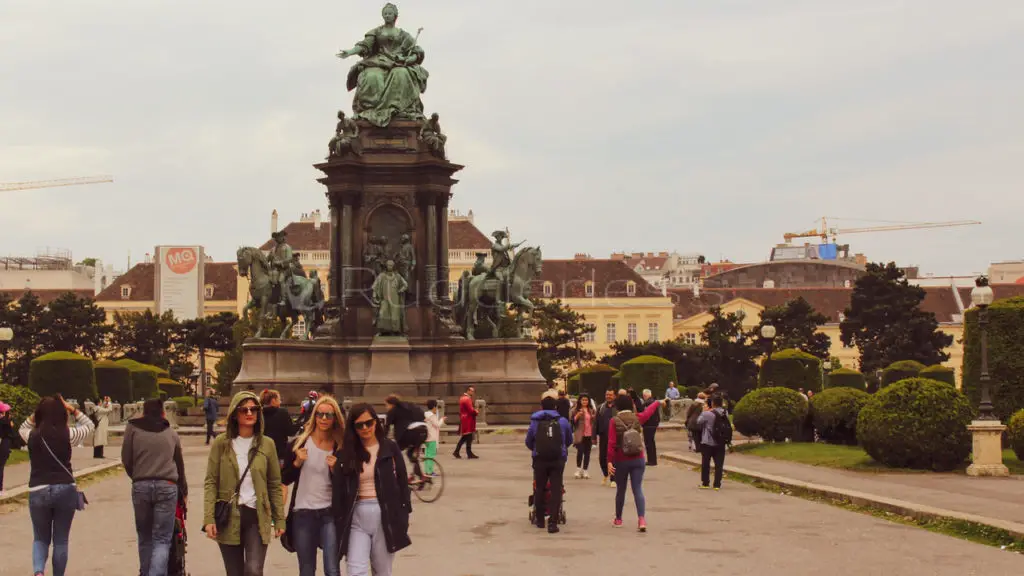
Kunsthistorisches Museum
The Kunsthistorisches Museum (Art History Museum) was built in 1891 near the Imperial Palace to house the collections of the imperial family.
“Madonna in the Meadow” by Raphael, “The Allegory of Painting” by Vermeer and the Infanta paintings by Velazquez, can all be found here in addition to some fascinating treasures from mysterious cultures.
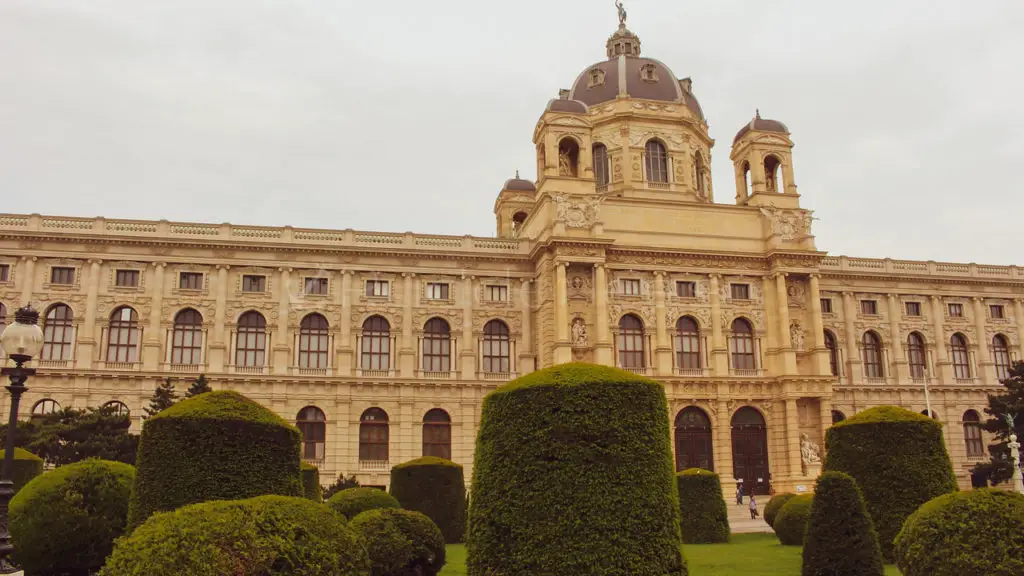
Museum of Natural History
The Museum of Natural History is home to world-famous and unique objects. Here you can find the 29,500-year-old Venus of Willendorf, the Steller’s sea cow that became extinct over 200 years ago, and enormous dinosaur skeletons.
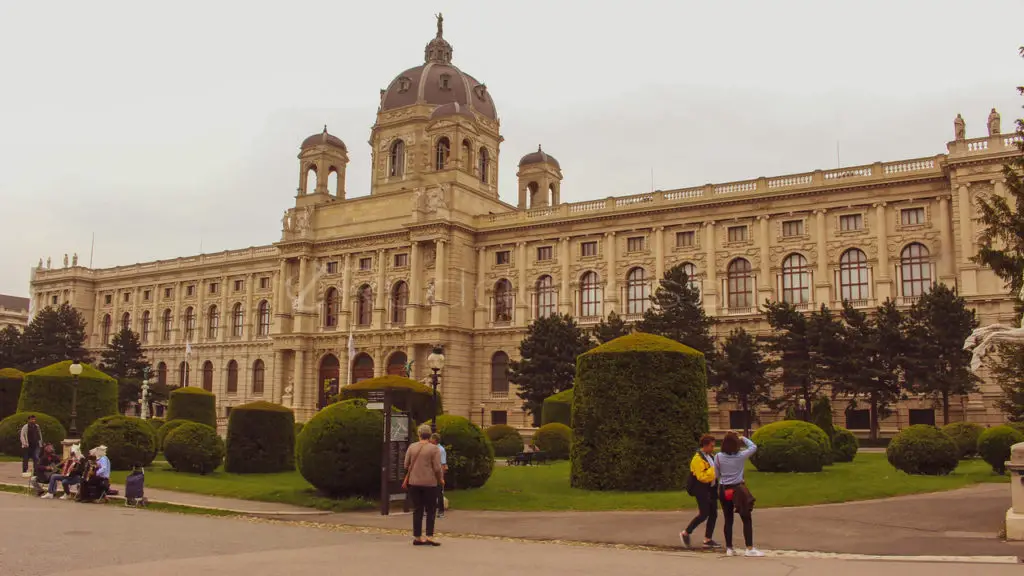
Maria-Theresien Statue
The area between the two museums is a colossal monument honouring Empress Maria Theresa, who ruled for forty years. The memorial was created in 1888 by Kaspar Zumbusch, depicts Maria Theresa holding a scroll with the Pragmatic Sanction of 1713. This proclamation was issued by Emperor Charles VI that allowed women to ascend the throne.
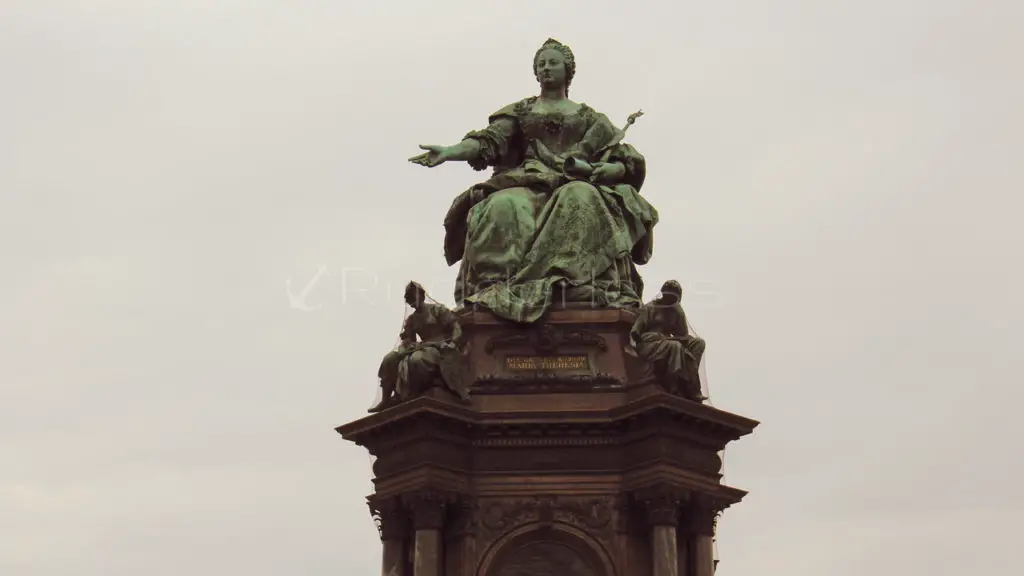
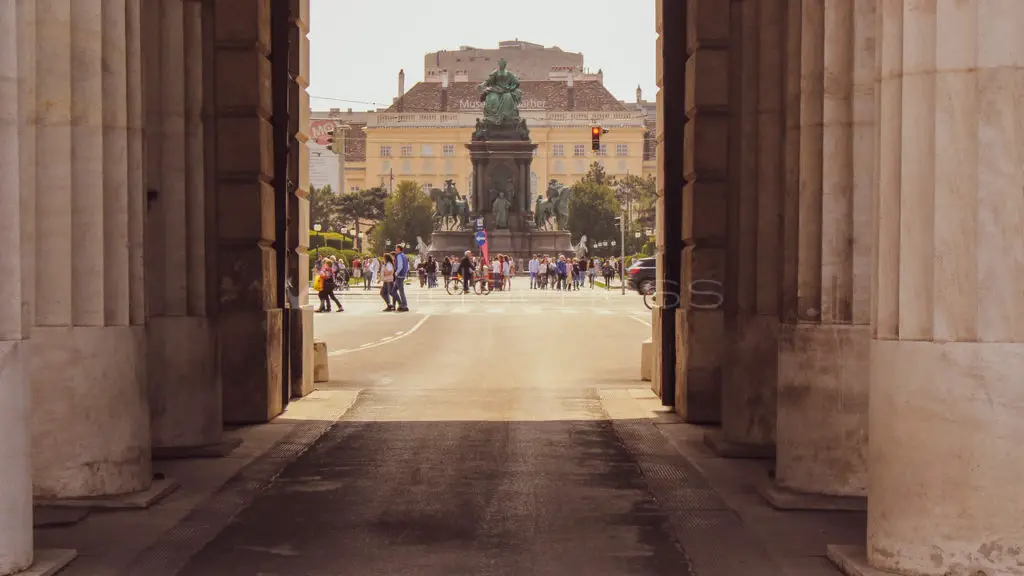
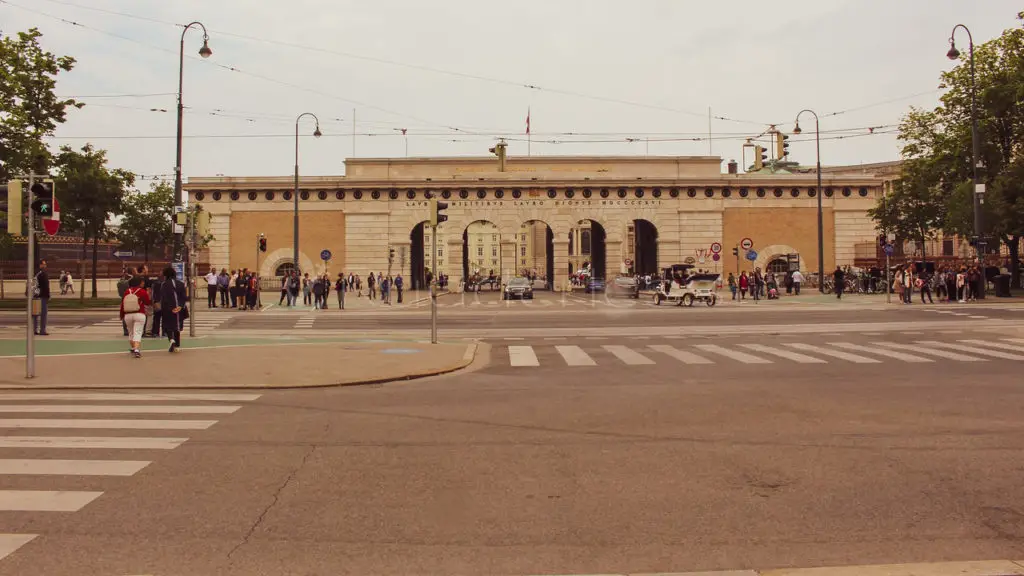
Austrian Parliament Building
The foundation stone of the Austrian Parliament Building was first laid in 1874 and completed in 1883 by architect Theophil Hansen. He is also responsible for the Parliament Building interior design as well; statues, paintings, furniture, chandeliers etc.
Today the Austrian Parliament Building is only accessible with a guided tour. Guided tours are about one hour, cost 5 Euros and cover architecture and politics. (politics = yawn)
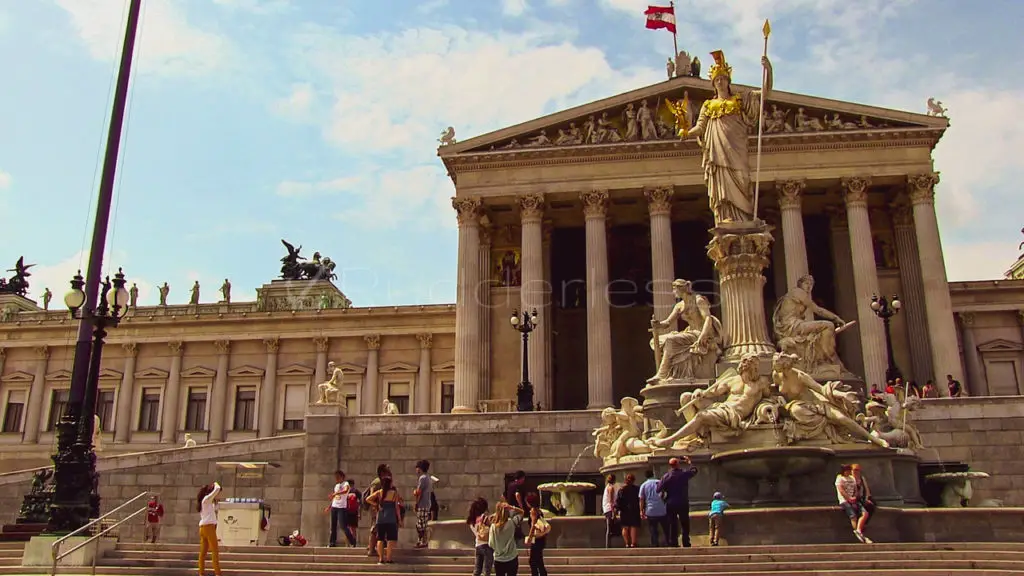
Rathaus
Designed by Friedrich Schmidt in 1825-1891 and erected between 1872 and 1883. The City Hall was built in a gothic style, with a single tower similar to those of medieval cathedrals. Today more than 2000 people work in the head office of Vienna’s municipal administration.

Burgtheater
Once known as the “die Burg,” the Burgtheater opened on March 14, 1741, due to Empress Maria Theresa wanting a theatre beside her palace. Four of Mozart’s operas premiered at the Burg theatre: Die Entführung aus dem Serail (1782), Le nozze di Figaro (1786), Così fan tutte (1790), and Piano Concerto #24 in C Minor (1786). Also, Beethoven’s 1st Symphony premiered there on April 2, 1800.
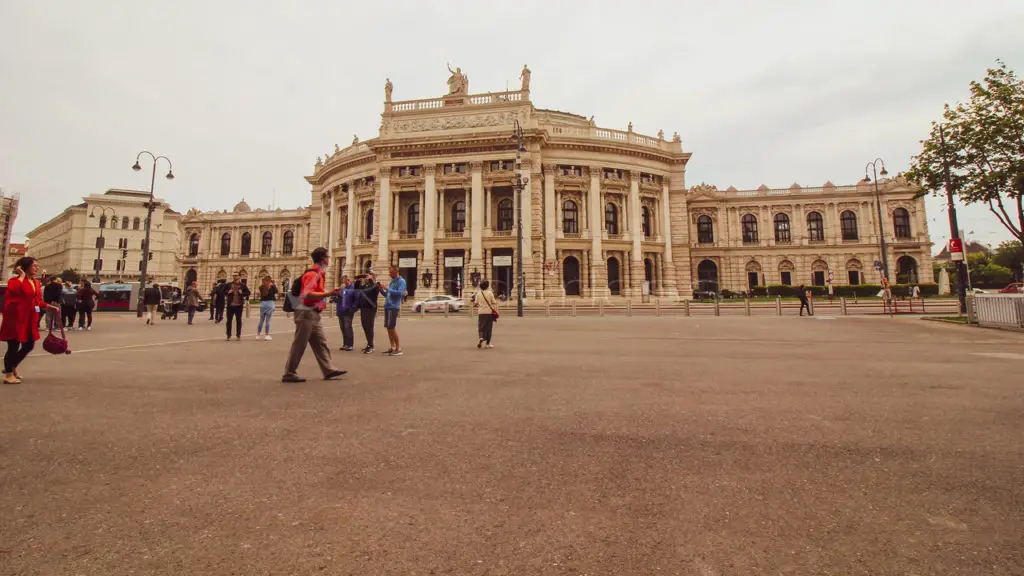
Votive Church (Votivkirche)
Votivkirche is the second-tallest church in Vienna and designed in a Neo-Gothic style. Interestingly, this church was built by Franz Joseph I’s younger to thank God for saving Franz’s life after an 1853 murder attempt. The church was dedicated in 1879 to the silver anniversary of Franz Joseph and Elisabeth.
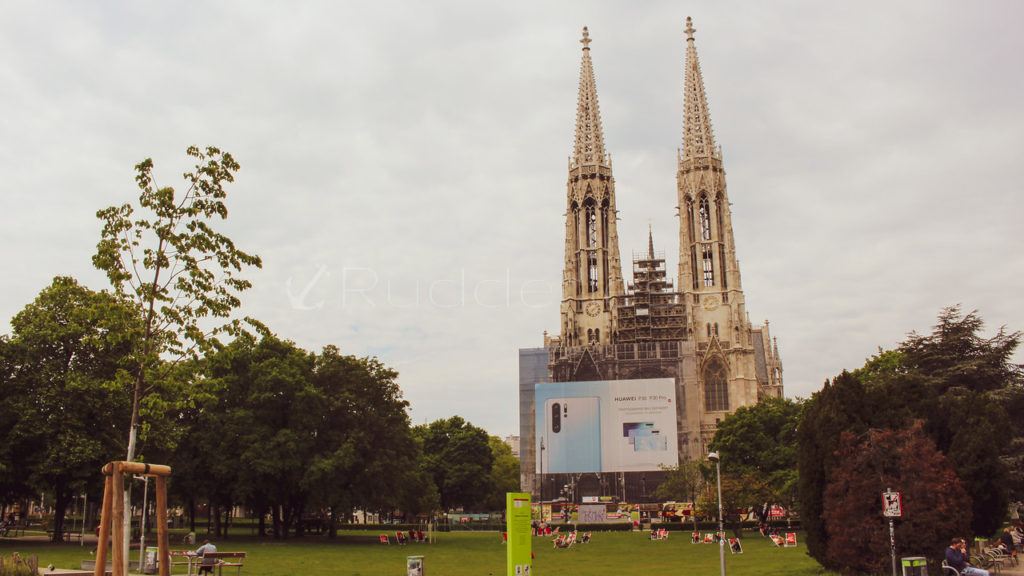
Café Landtmann
Because of its proximity to the Burgtheater, the University of Vienna and the Rathaus (City Hall), the café is a popular meeting place for actors, politicians, officials, and journalists. Coming from a family of coffeehouse owners, gingerbread bakers and fig coffee manufactures, Franz Landtmann founded the Cafe Landtmann on October 1, 1873.
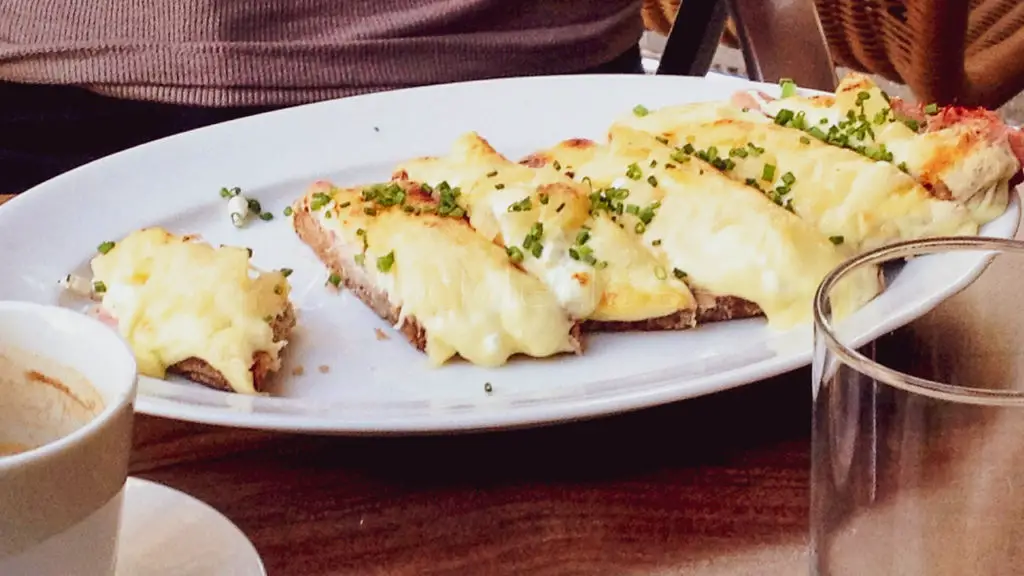
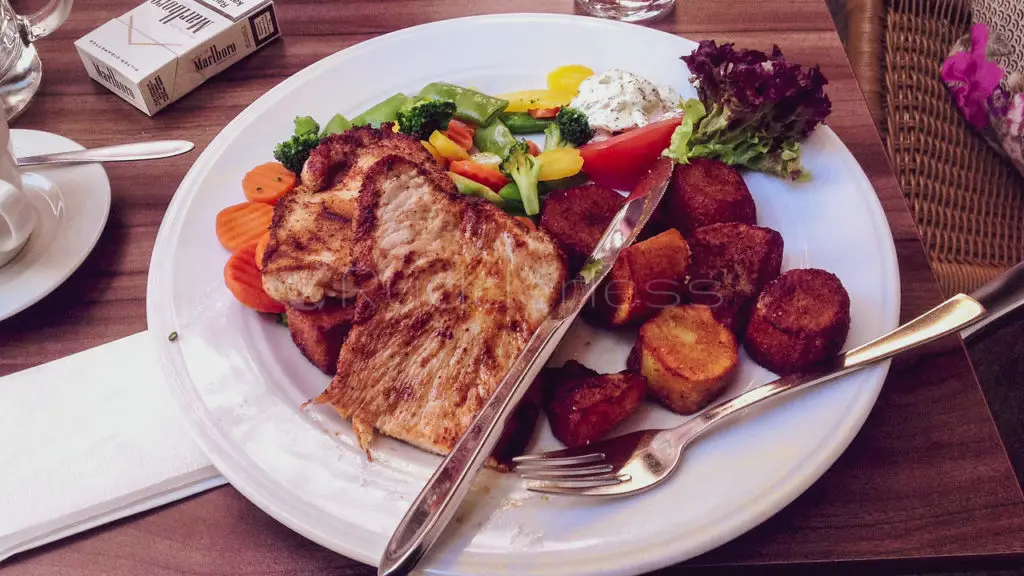
Day 2
Heeresgeschichtliches Museum
The Museum of Military History documents the history of the Austrian army through a wide range of exhibits. Weapons, armours, tanks, planes, uniforms, flags, paintings, medals and badges of honour, photographs, battleship models, and documents.
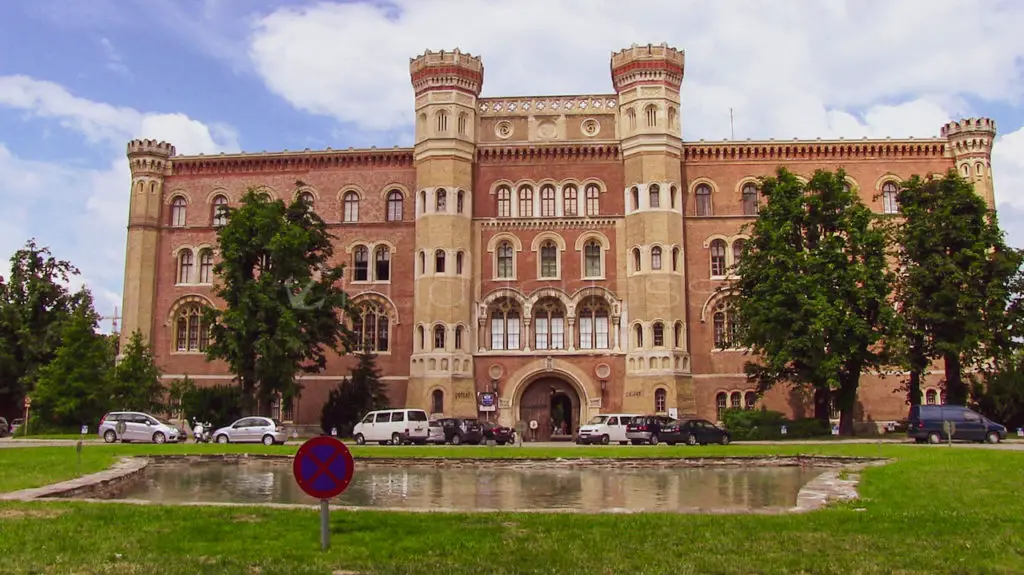
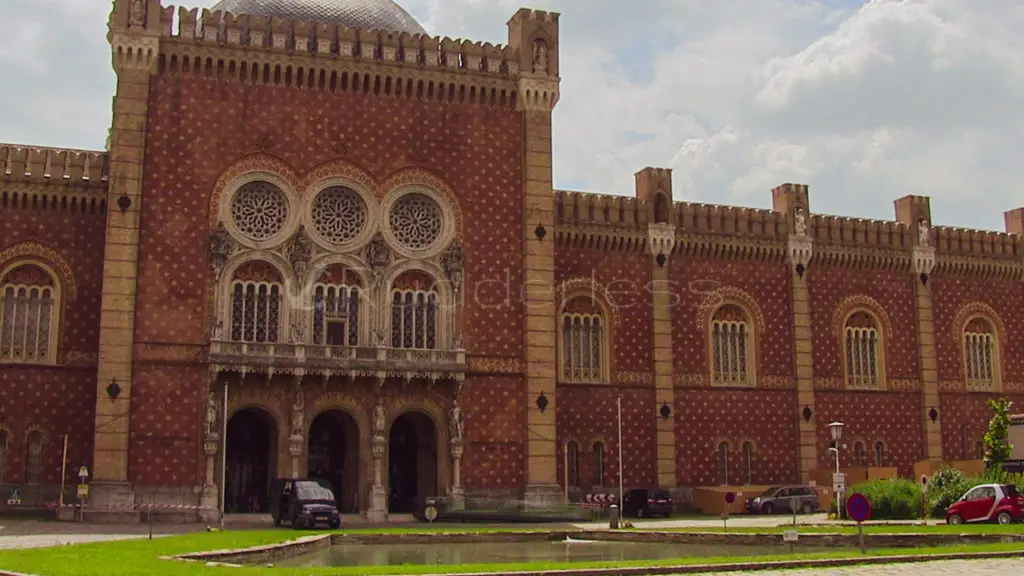
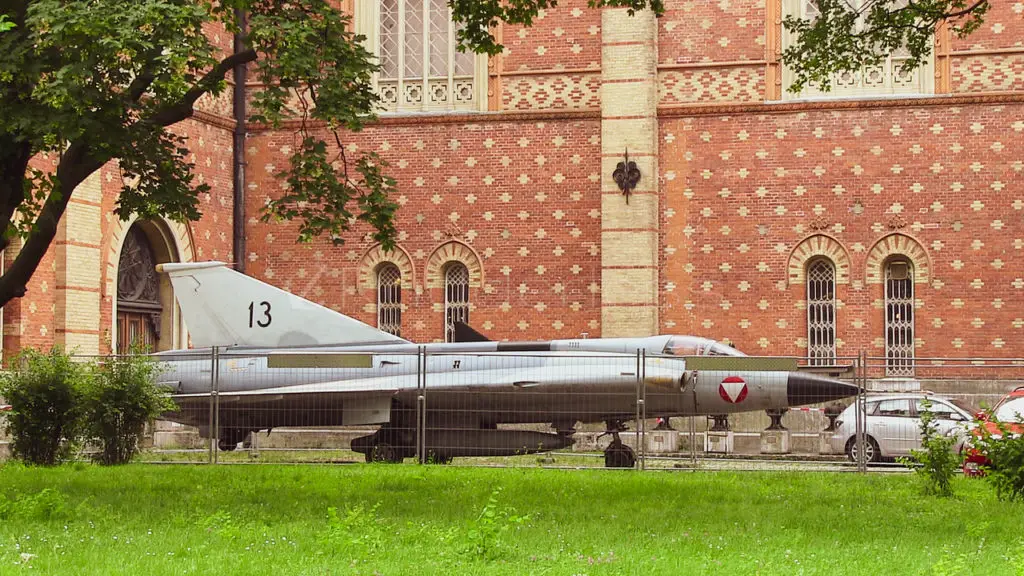
Belvedere Palace (Upper & Lower)
The Unteres and Oberes Belvedere (Lower & Upper Belvedere) are two palaces connected by a stretch of beautiful gardens. The construction of the Baroque style Upper Belvedere began as early as 1717 and today it’s the most visited art museum in Austria – with highlights by Klimt, Schiele, Funke, Monet, and van Gogh. The lower Belvedere contains art exhibitions from all periods. Just north of the Upper Belvedere is Belvedere 21 – a venue for contemporary Austrian and international art, film, and music.
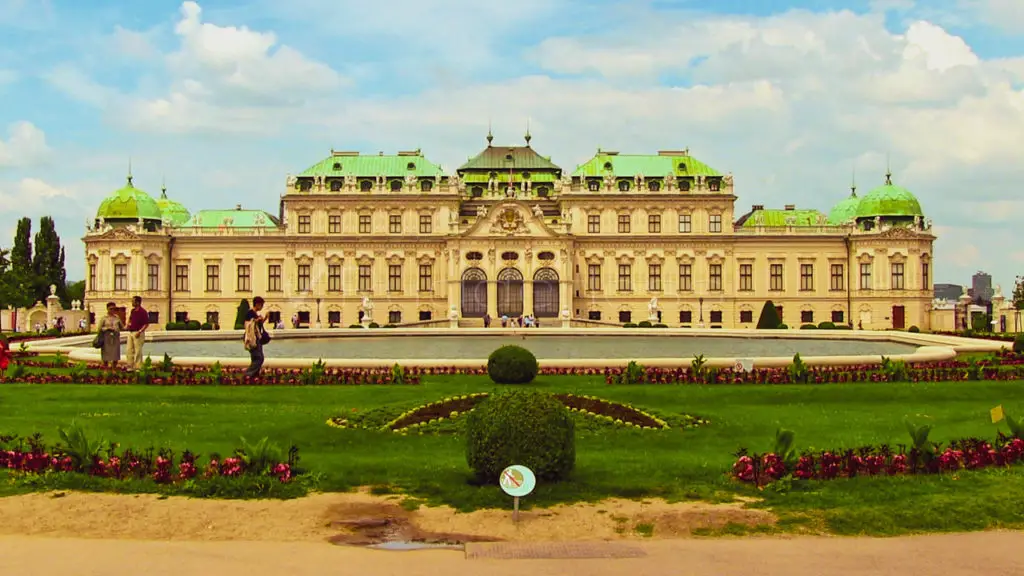
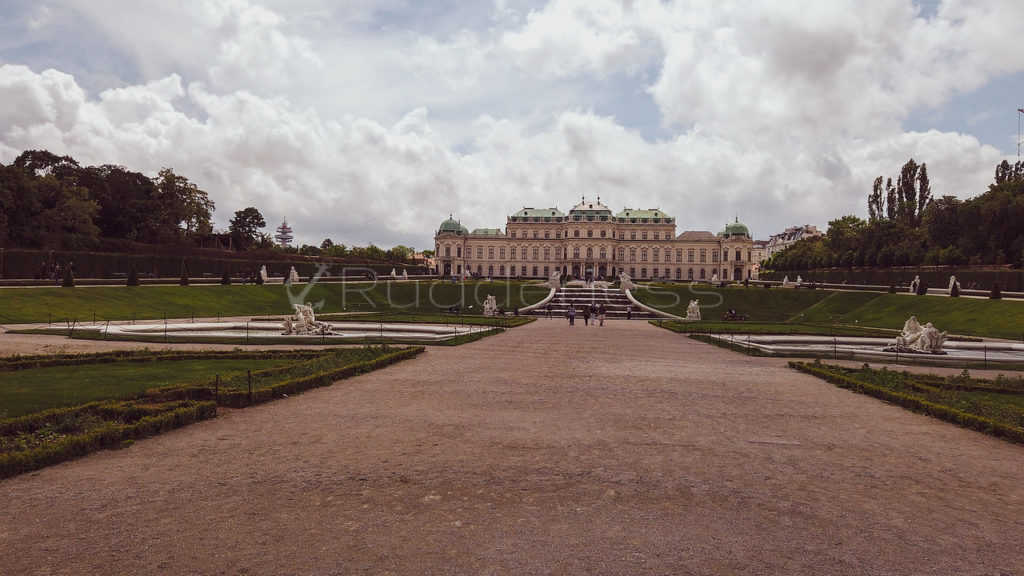
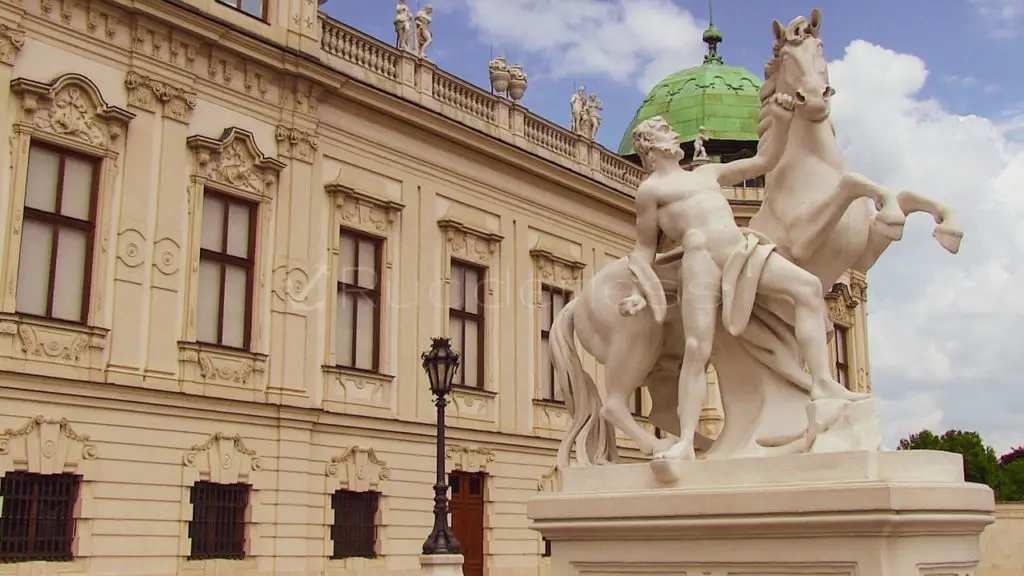
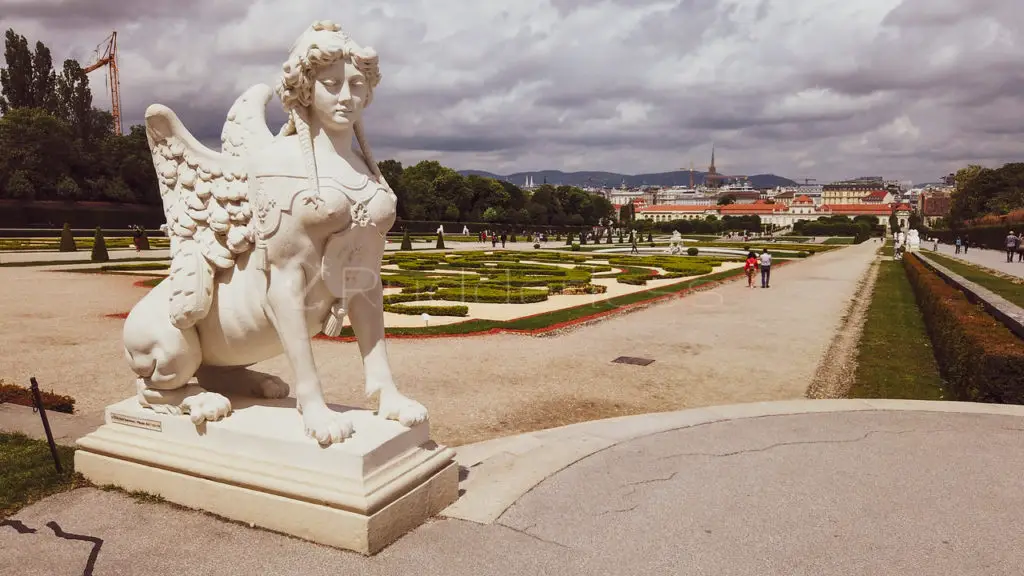
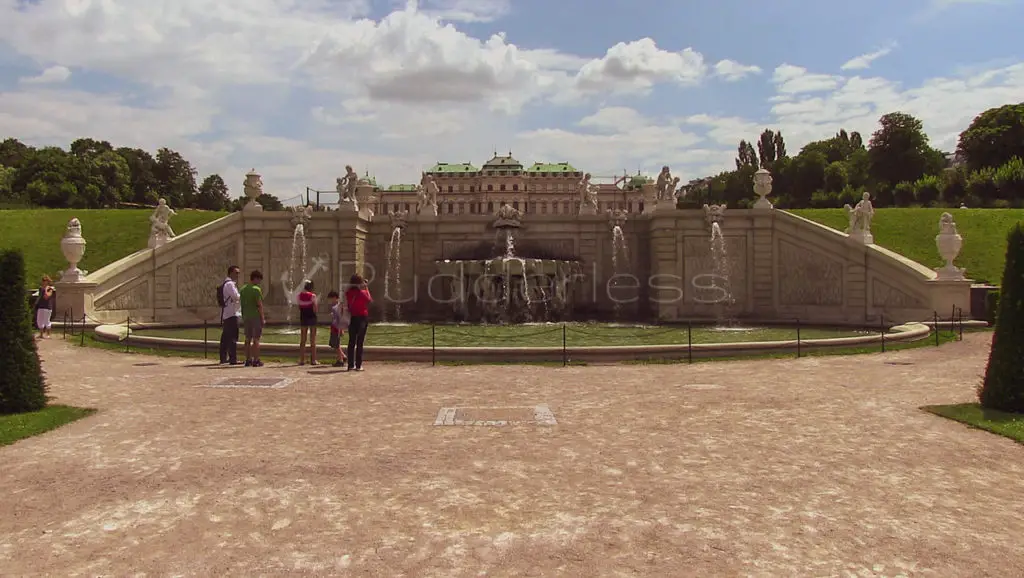
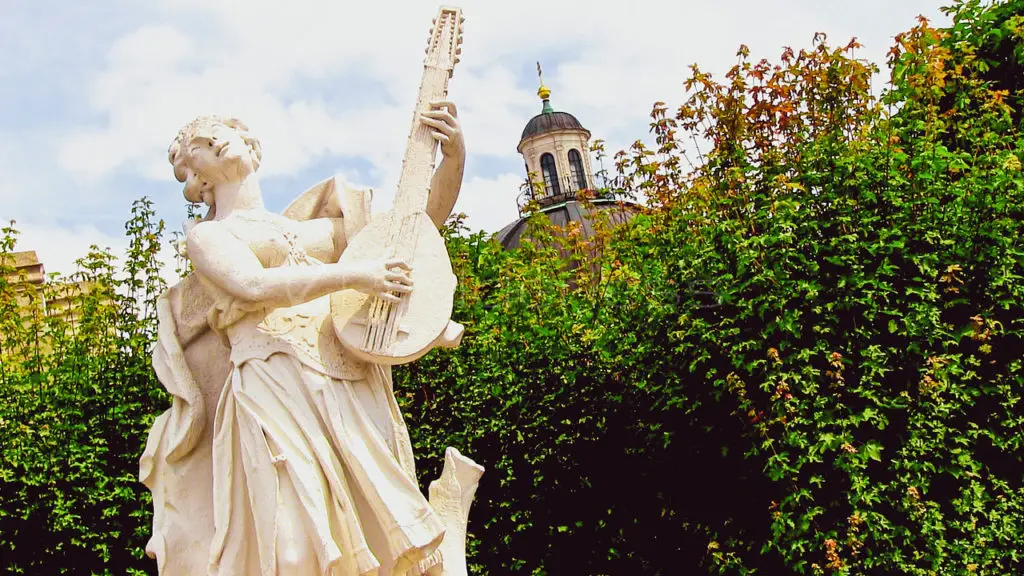
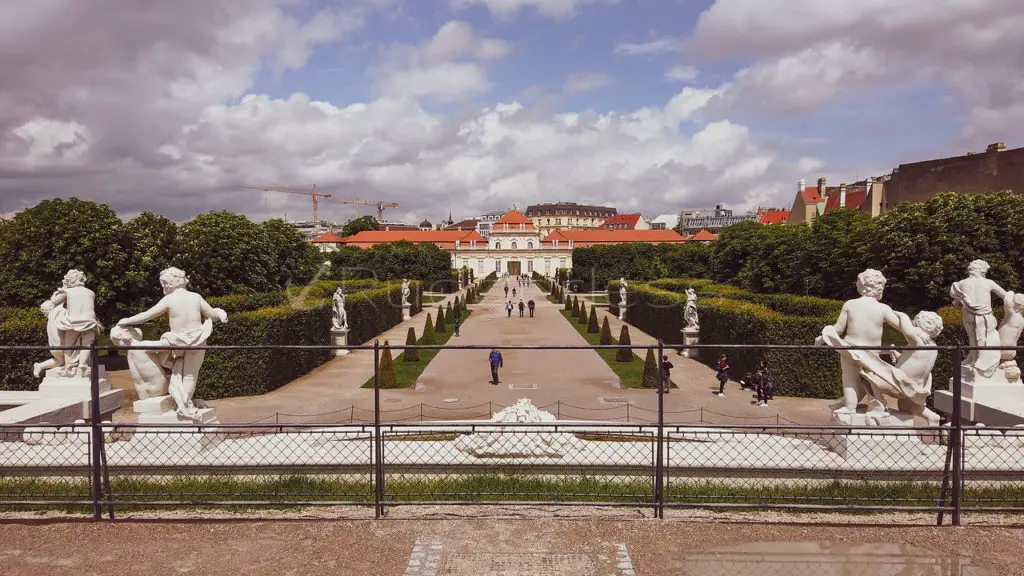
Vienna State Opera House
The Vienna State Opera House is one of the top opera addresses in the world from which the members of the prestigious Vienna Philharmonic are recruited from its orchestra. Typically, with a two-day itinerary, I tend to exclude Museums & Theatres as they will cut through your time. That said, with first-class productions offering different programs with over 60 operas and ballet works every day around 300 days per season.
I’ll make an exception.
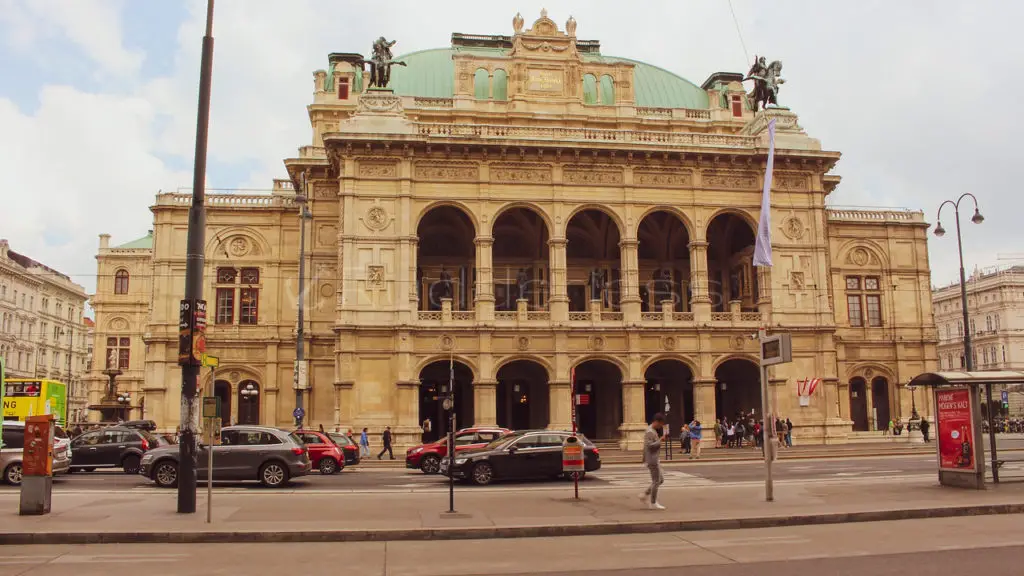

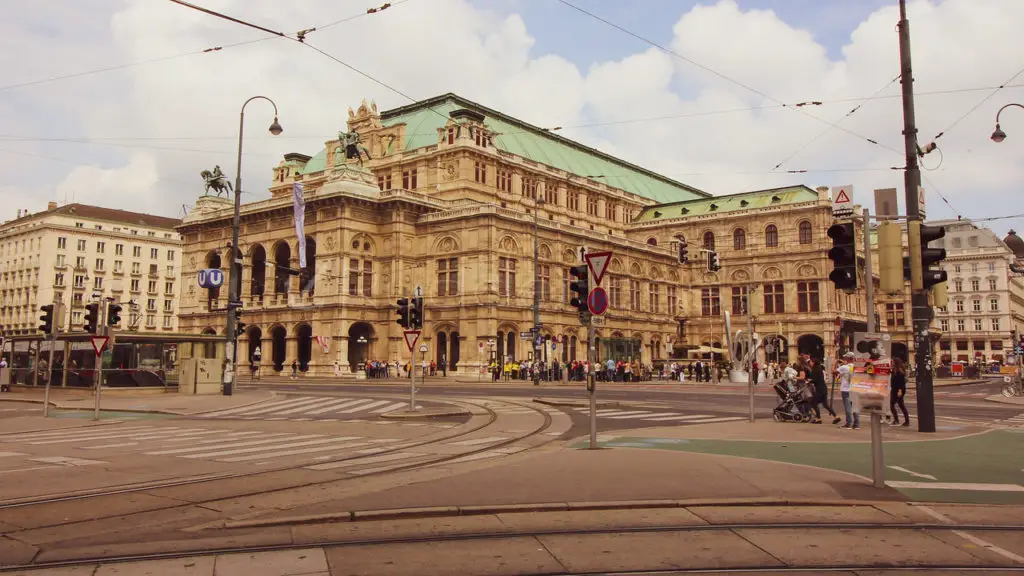
Albertina
The Albertina, located in the Innere Stadt, houses one of the largest and most important print rooms in the world with about 65,000 drawings, graphic works, photographs and architectural drawings.
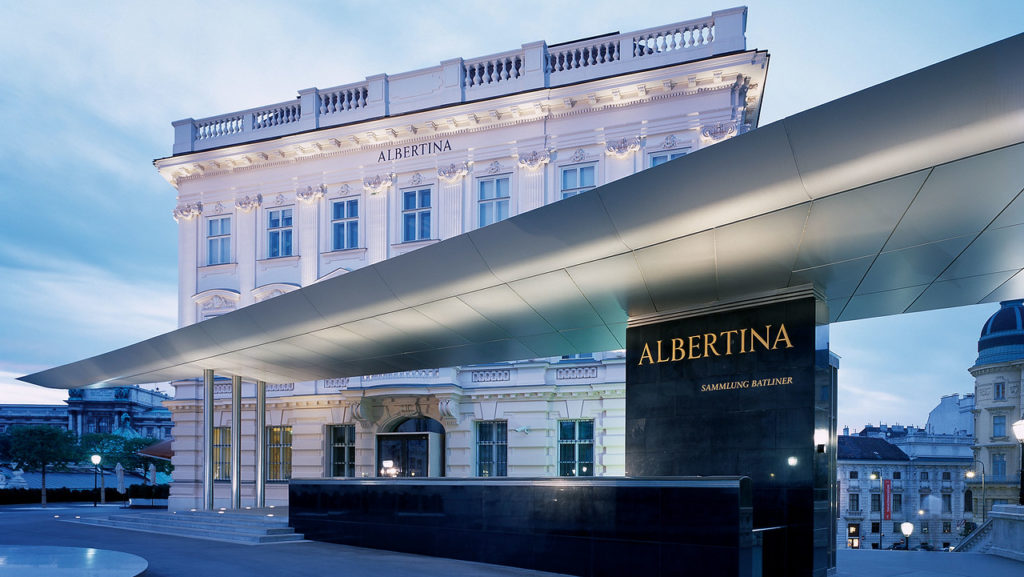
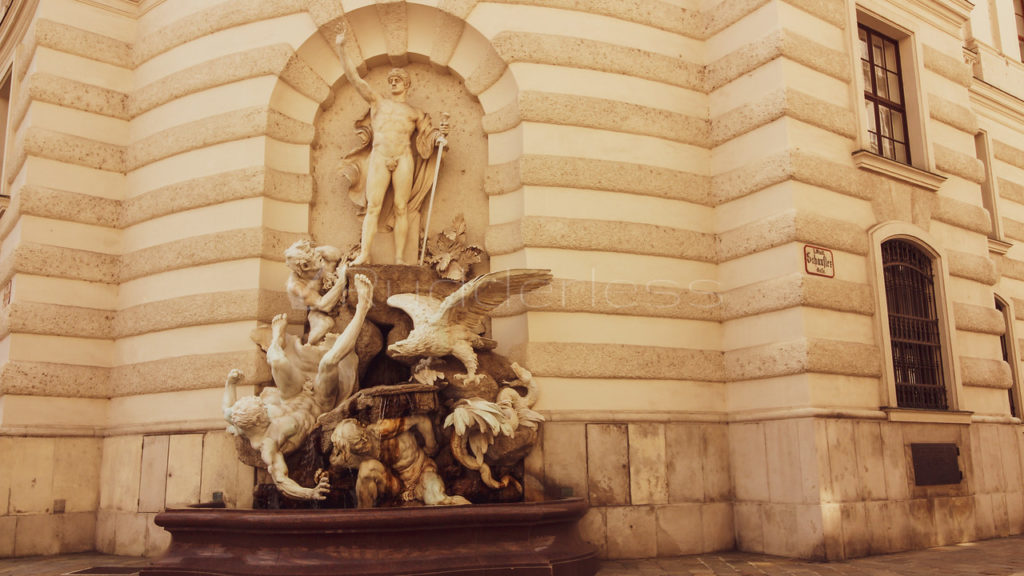
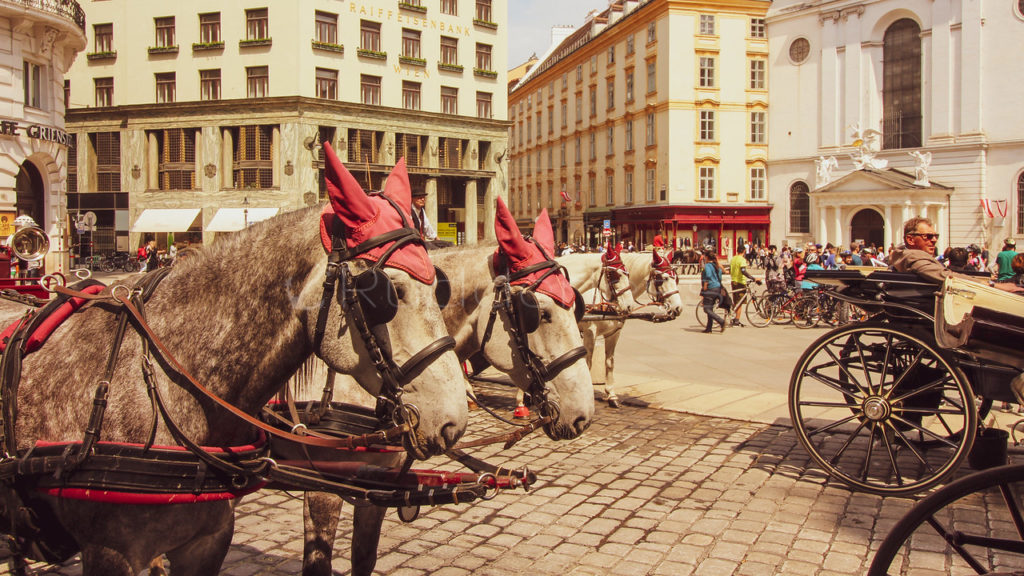
Michaelskirche
Saint Michael’s Church is one of the oldest churches and few remaining Romanesque buildings here in Vienna. Located In Michaelerplatz across from St. Michael’s Gate, Saint Michael’s Church is dedicated to the Archangel Michael. With a history spanning more than eight centuries, there have been many revisions, resulting in its present-day appearance unchanged since 1792.
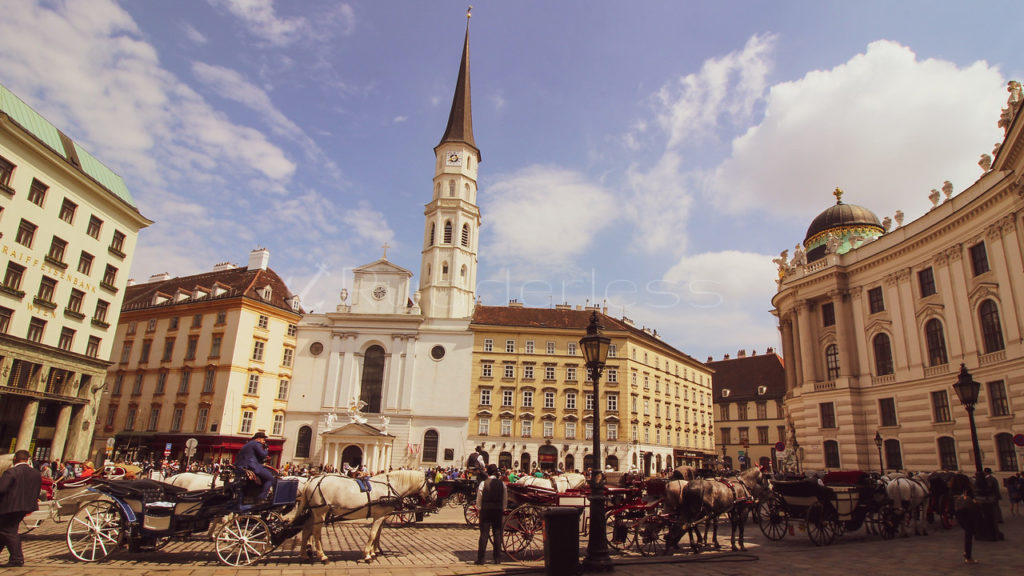
Hofburg Palace | St. Michael’s Gate
Once the Habsburg monarch’s winter residence, the Schönbrunn Palace being, the summer residence – geez, it must be nice to have different homes for different seasons. The Hofburg Palace was built in the 13th century and was the main imperial palace of the Habsburg dynasty rulers. Today it serves as the official residence of the President of Austria. In addition to the Austrian Crown Jewels, the Hofburg Palace has three museums.
Sisi Museum
The Sisi Museum has about 300 objects on display that once belonged to Empress Elisabeth.
Imperial Apartments
Since the Hofburg Palace was the residence of the Habsburgs for over 600 years, and here you can see how they lived.
Silver Collection
Here you’ll find a unique collection of about 7000 items of cultural and historical importance as well as fine dining at its best.
The Spanish Riding School
The Spanish Riding School has been owning the traditional art of Haute école for 450 years and is located inside the palace walls.
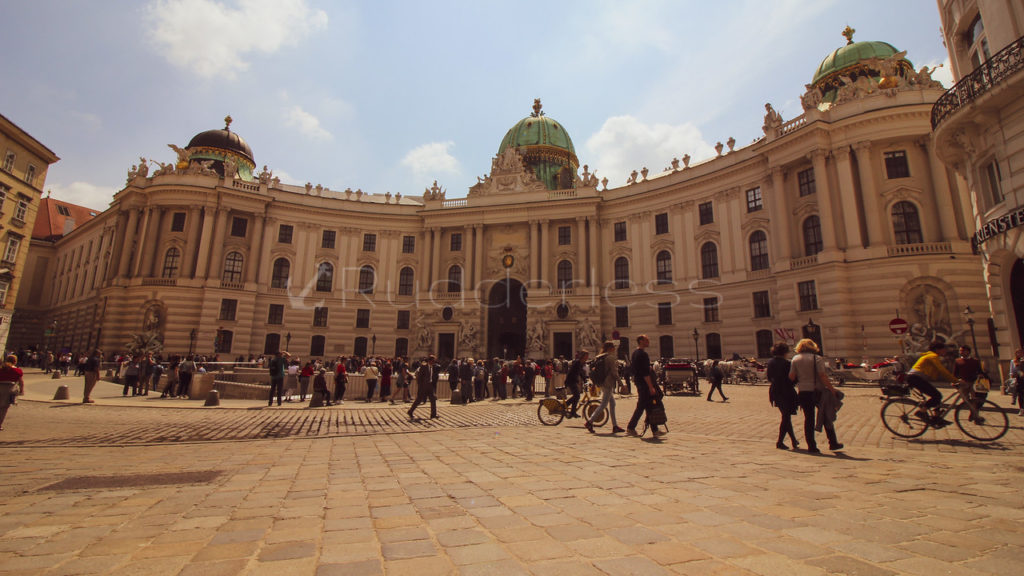
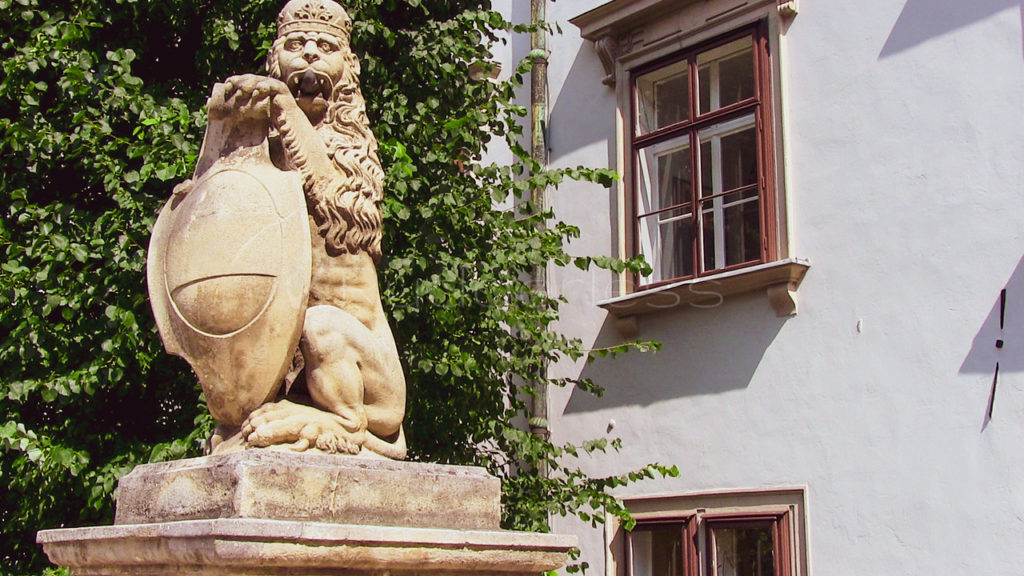
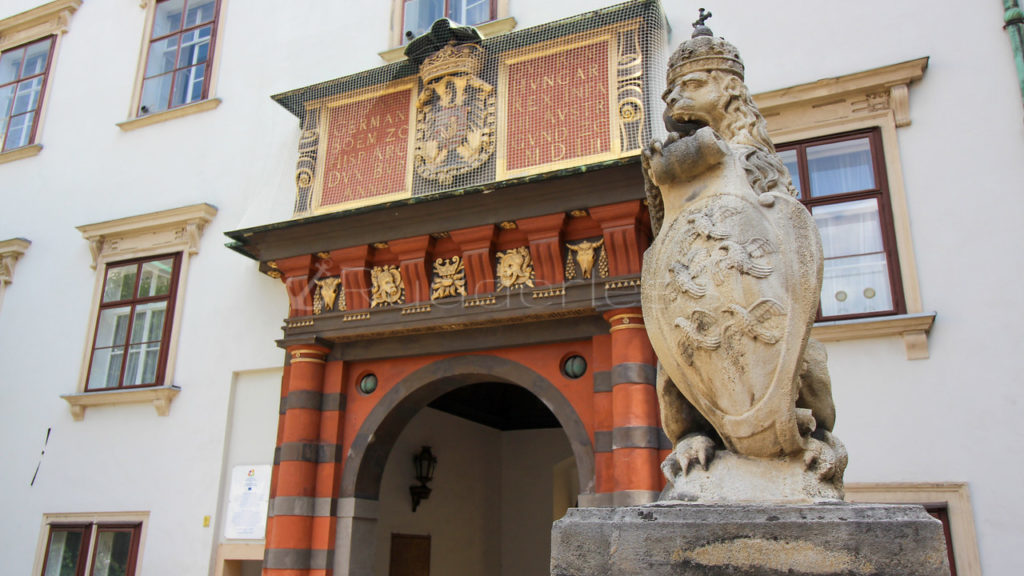
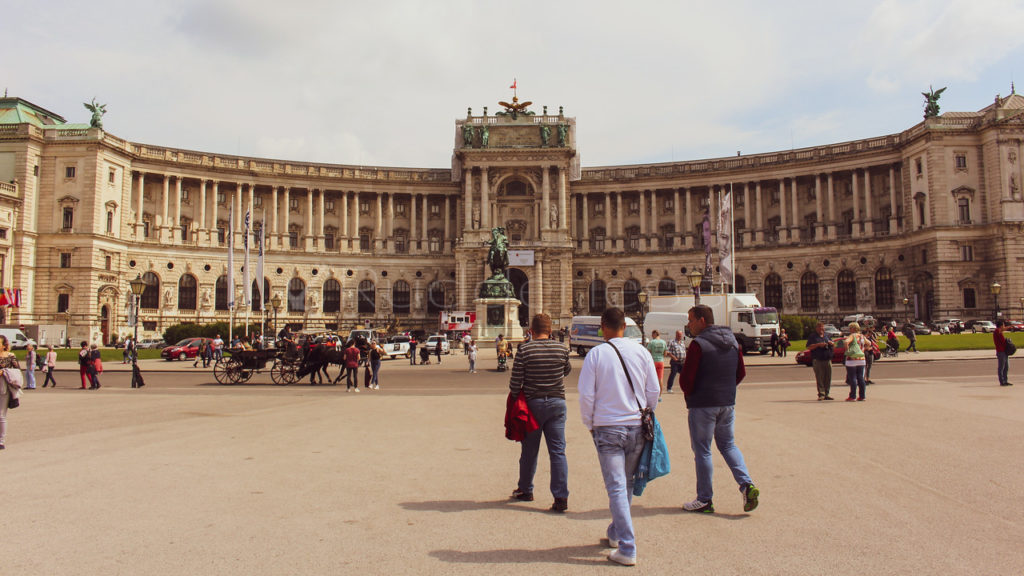
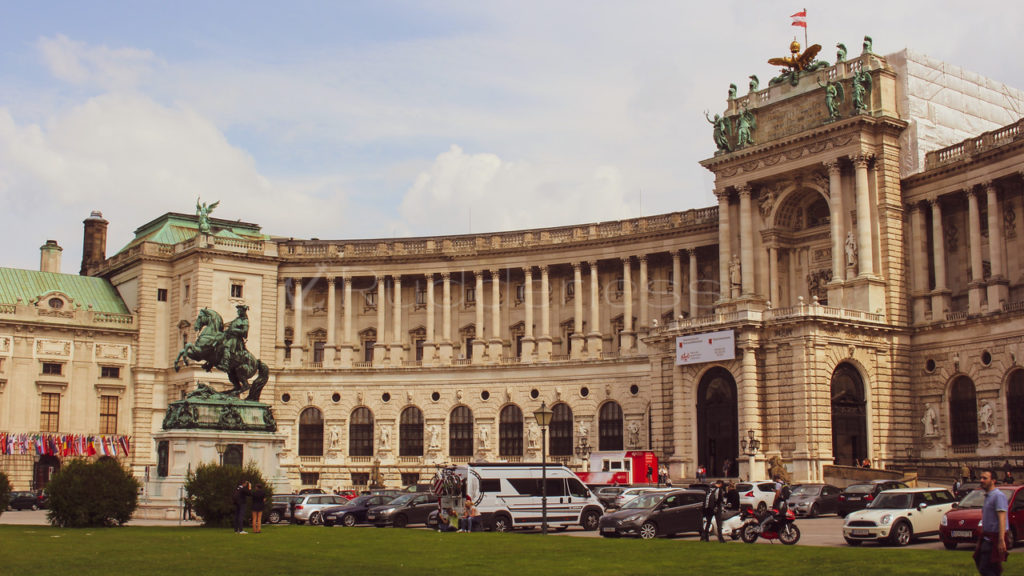
Emperor Franz I Statue
At the center of the Inner Castle Court is a large monument dedicated to Emperor Francis I of Austria. It was constructed in 1824-1846 by Italian sculptor Pompeo Marchesi.
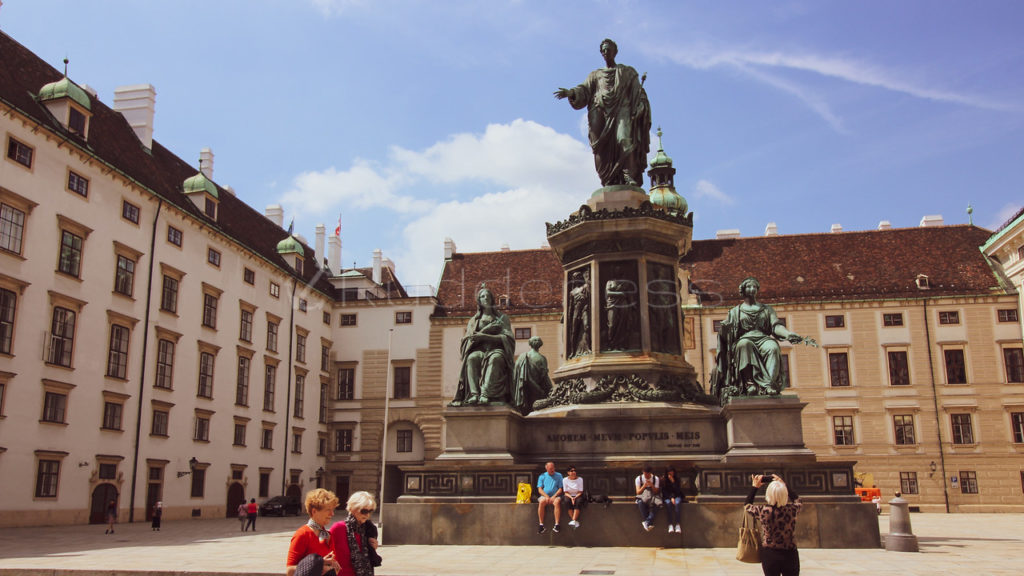
Heldenplatz (Heroes’ Square)
Heldenplatz or Heroes Square is a public space in front of the Hofburg Palace. Several significant developments and events took place here. Still, the most notable would be Adolf Hitler’s, March 15, 1938 announcement of Austria joining Nazi Germany.
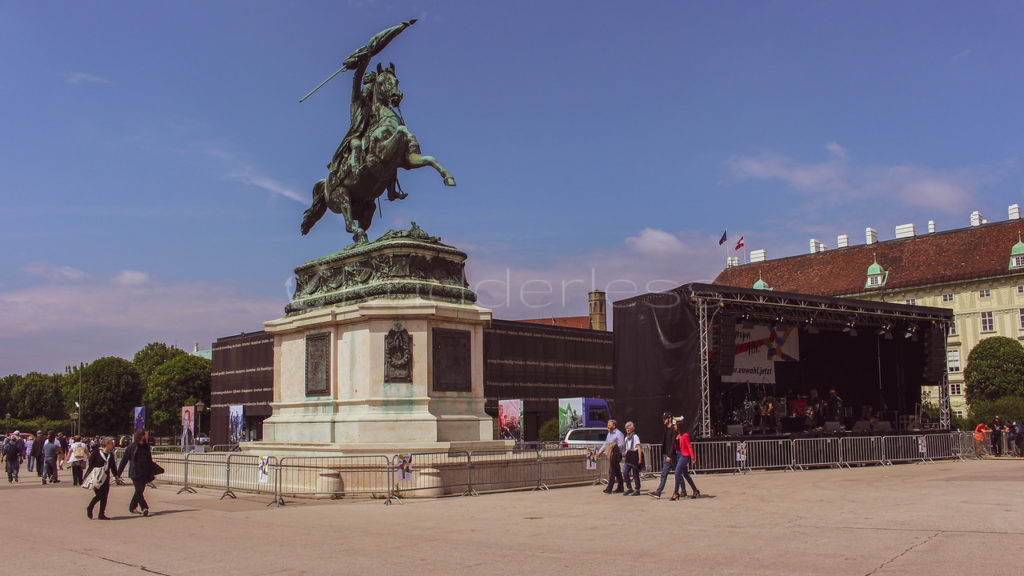
Volksgarten (People’s Garden)
Part of the Hofburg Palace, the Volksgarten, is a public park that was built by Ludwig Remy in 1821 over the city fortifications that were destroyed by Napoleon in 1809. The Volksgarten was opened to the public in 1823.
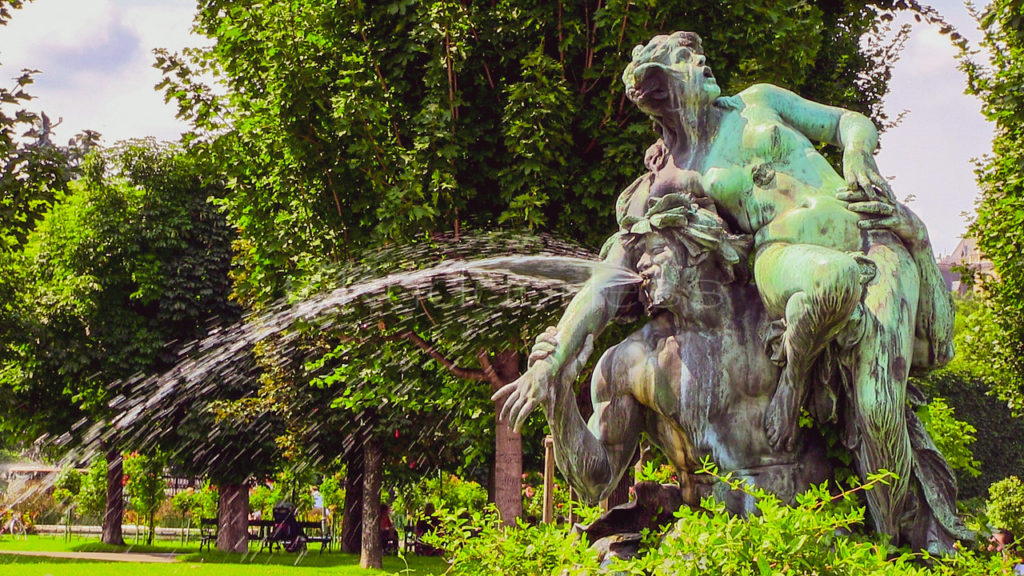
Schottenkirche (Scots Church) & Schottenstift (Scottish Abbey)
The Schottenkirche is a parish church that’s attached to the Schottenstift (Scottish Abbey – formally called Benedictine Abbey of Our Dear Lady of the Scots ). It was founded by Hiberno (Irish)-Scots Benedictine monks in the 12th century.
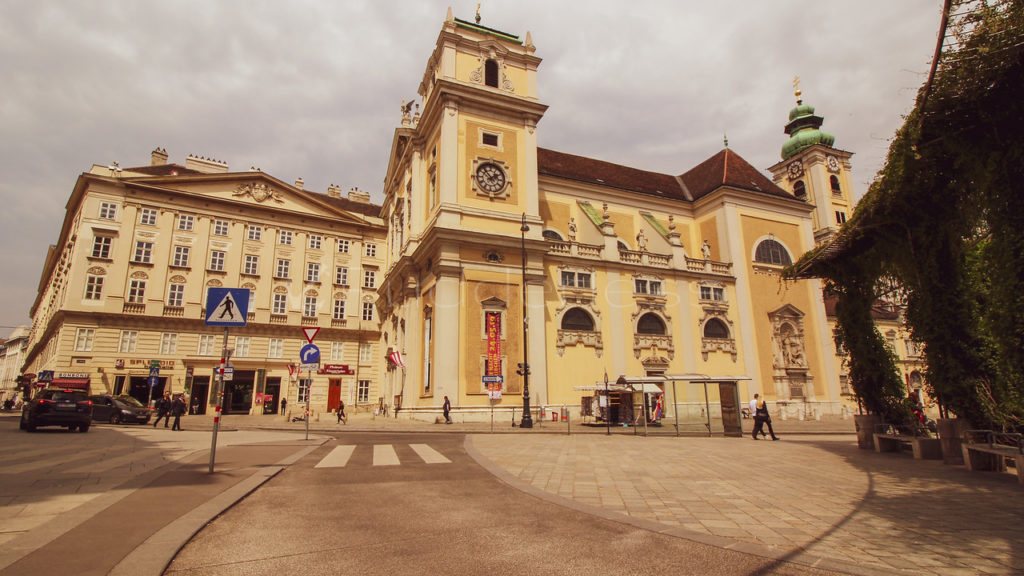
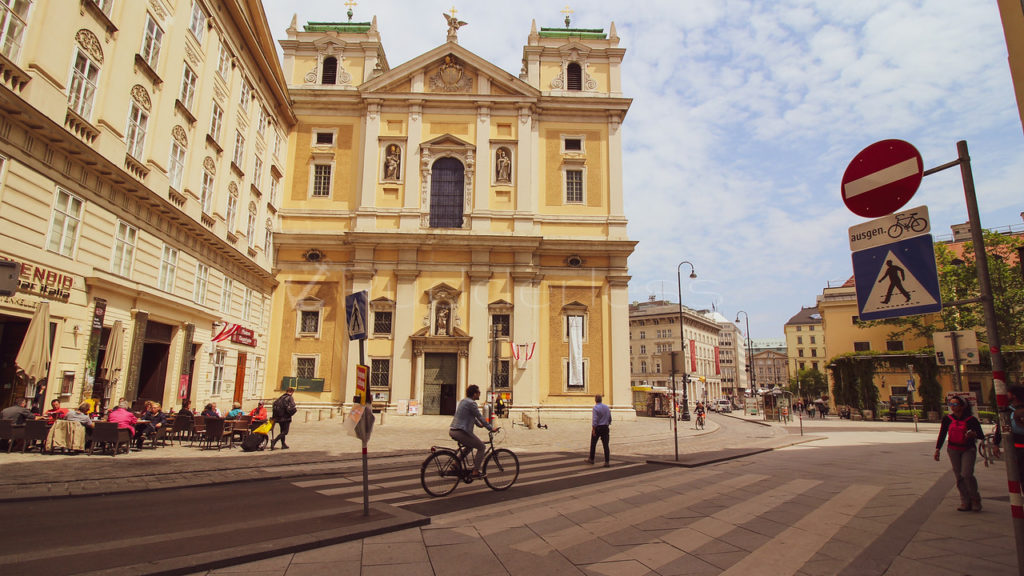
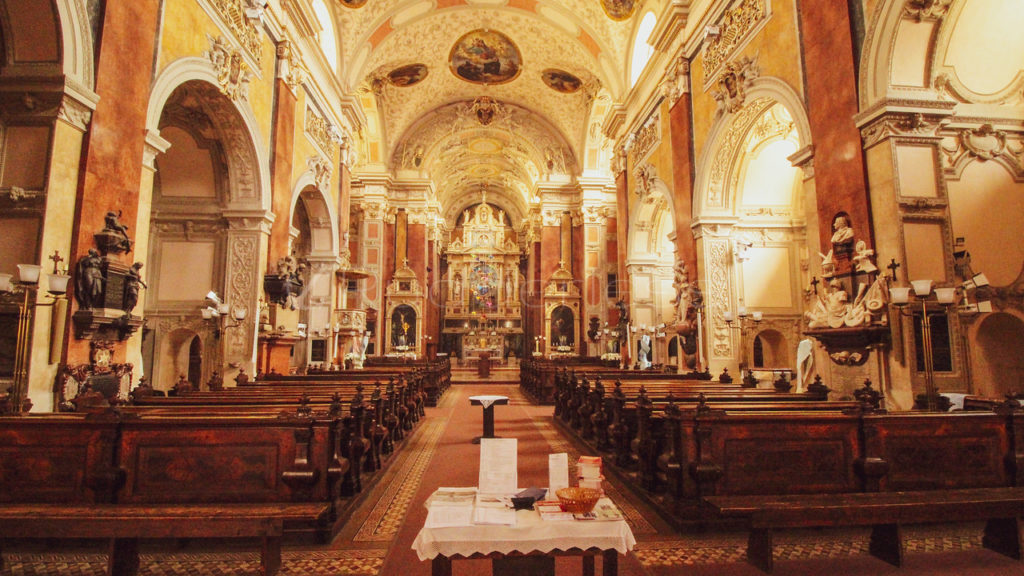
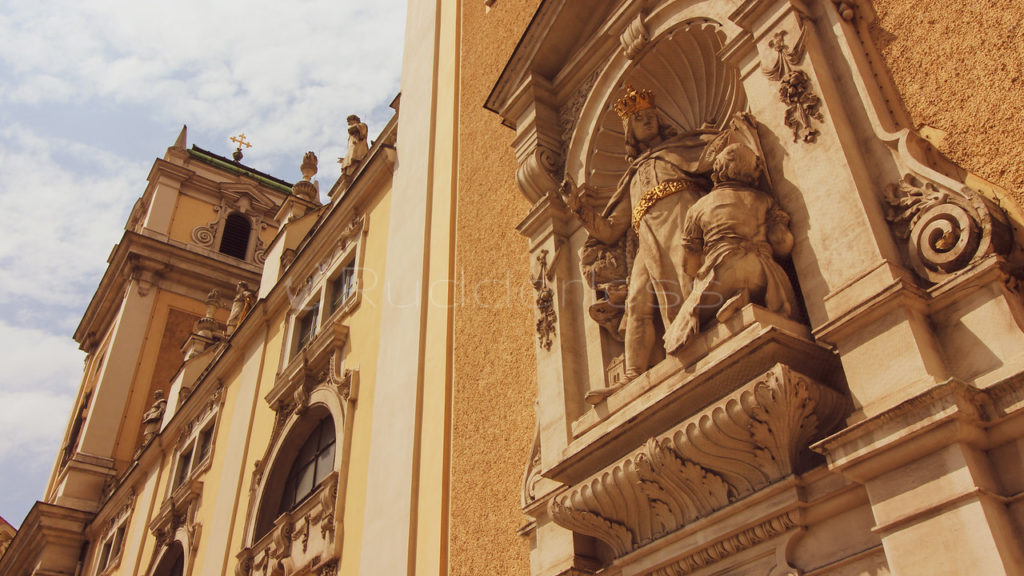
Peterskirche (St. Peter’s Catholic Church)
St. Peter’s Church is a Baroque Roman Catholic parish church whose design was inspired St. Peter’s Basilica in Ther Vatican in Rome. Construction began around 1701 under Gabriele Montani, and by 1722, most of the building was finished. The church was officially consecrated to the Holy Trinity in 1733.
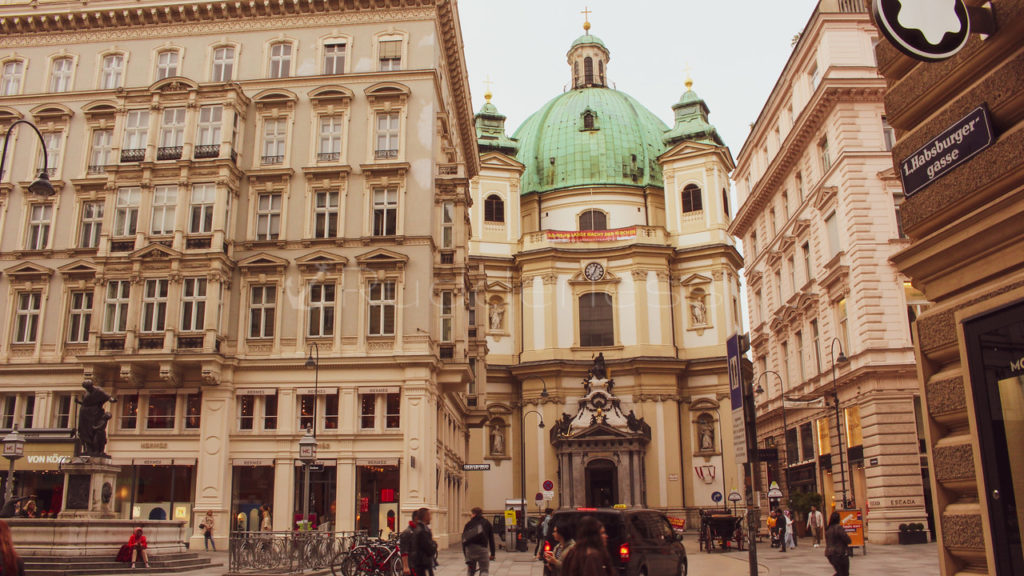
Pestsäule (Trinity Column)
The Trinity Column, an elaborate baroque memorial and one of the notable sculptural pieces of art in the city, was erected after the Great Plague epidemic in 1679.
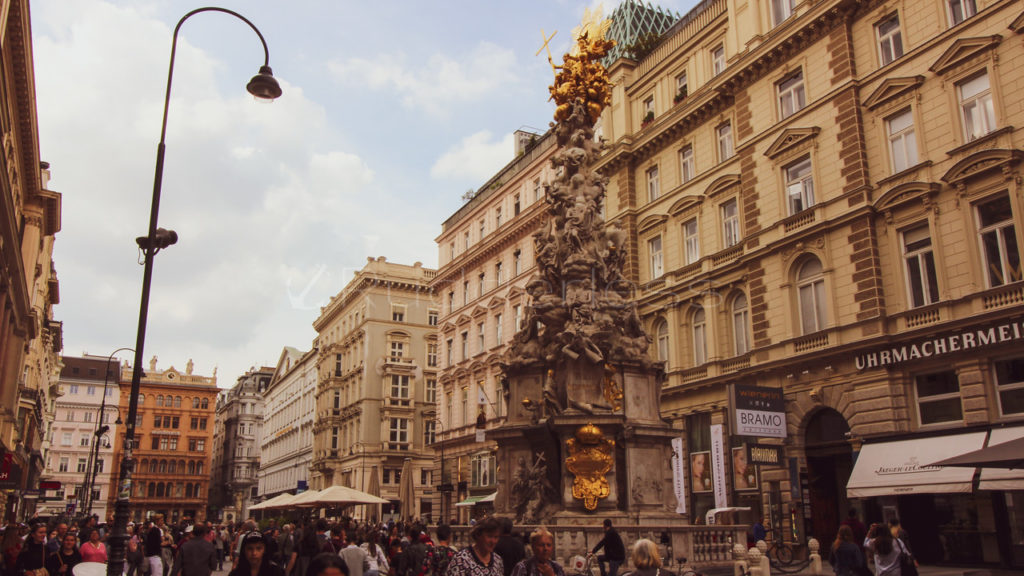
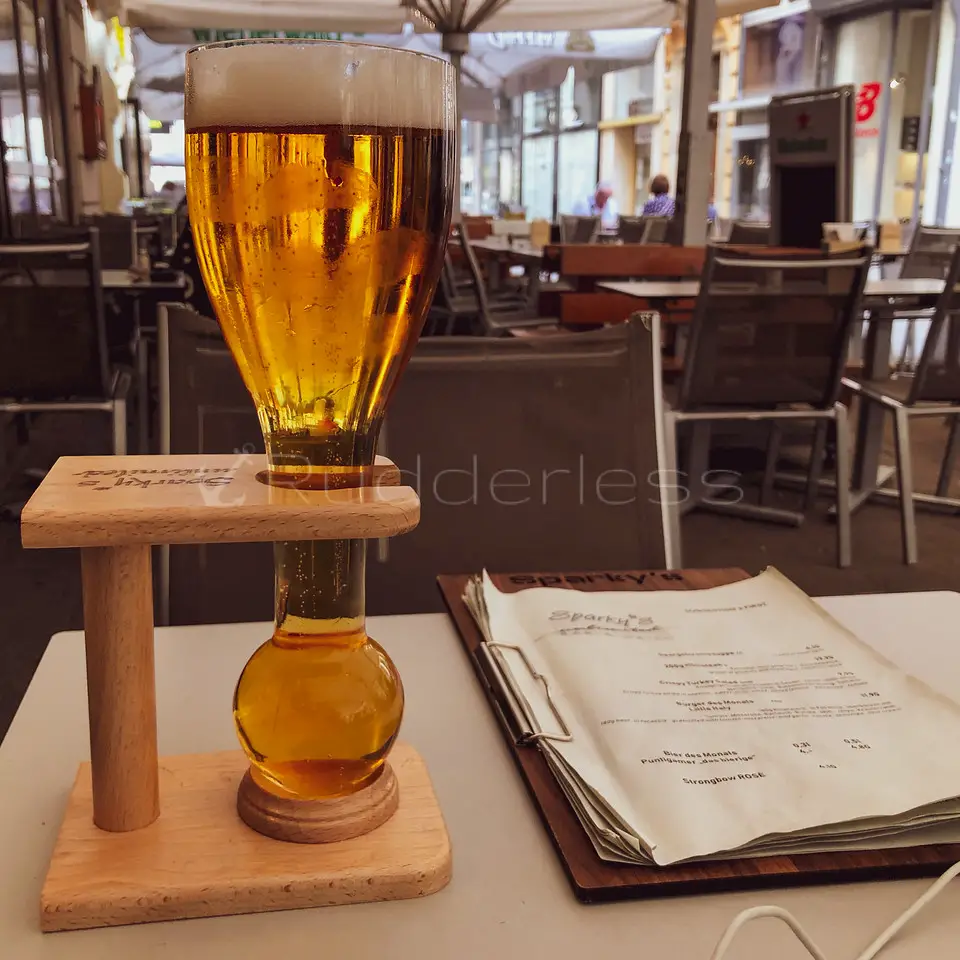
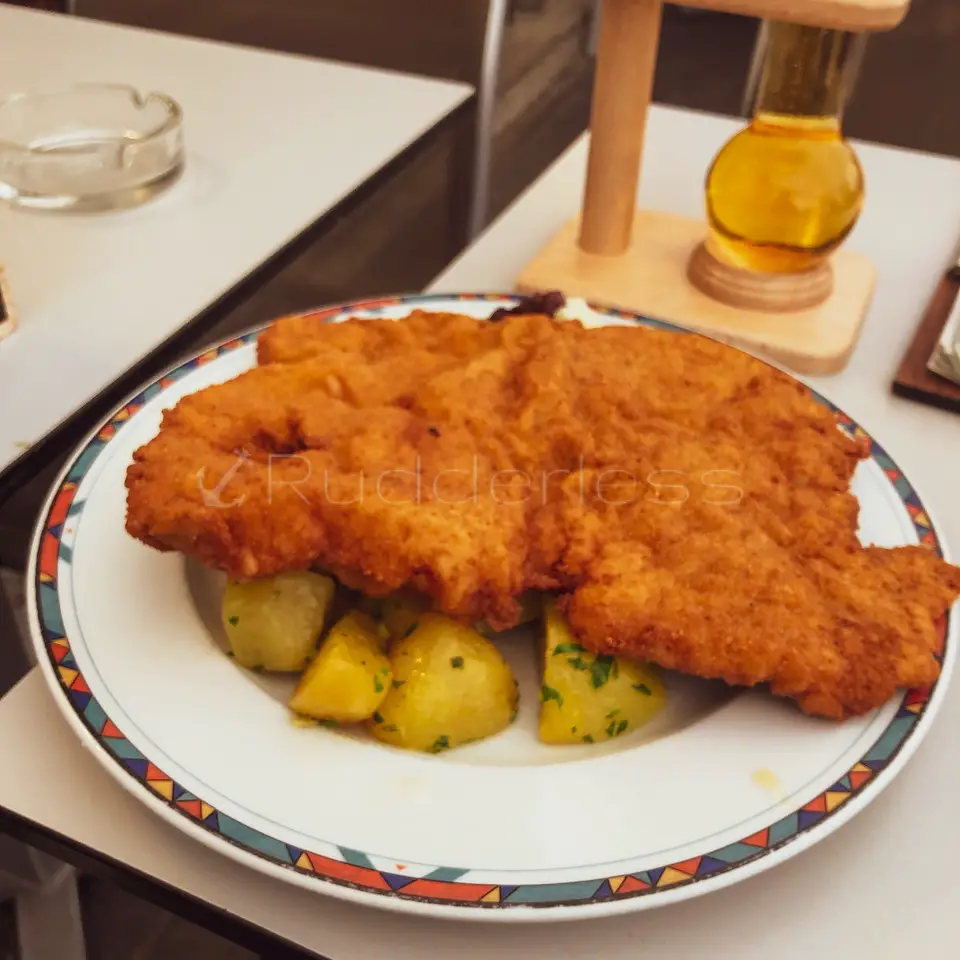
Stephansdom (St. Stephen’s Cathedral)
St. Stephen’s Cathedral stands on the remnants of 2 previous churches. It is a part Gothic and part Romanesque church that dates back to the fourteenth century. The rooftop of the church is covered in a variety of coloured tiles.
Here you can participate in a guided tour of the crypts and climb the South Tower to get some great panoramic views of the city. For me, this is where I lit some candles and said a little prayer.
“Dee” as I would call her at the time, was only 29 at the time and recently married. I miss her humour and her energy.
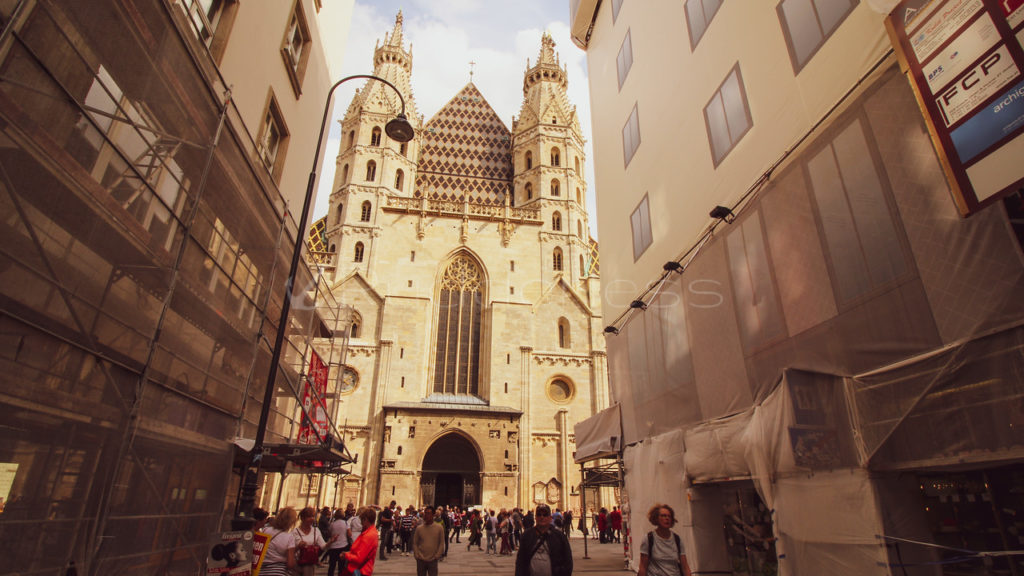
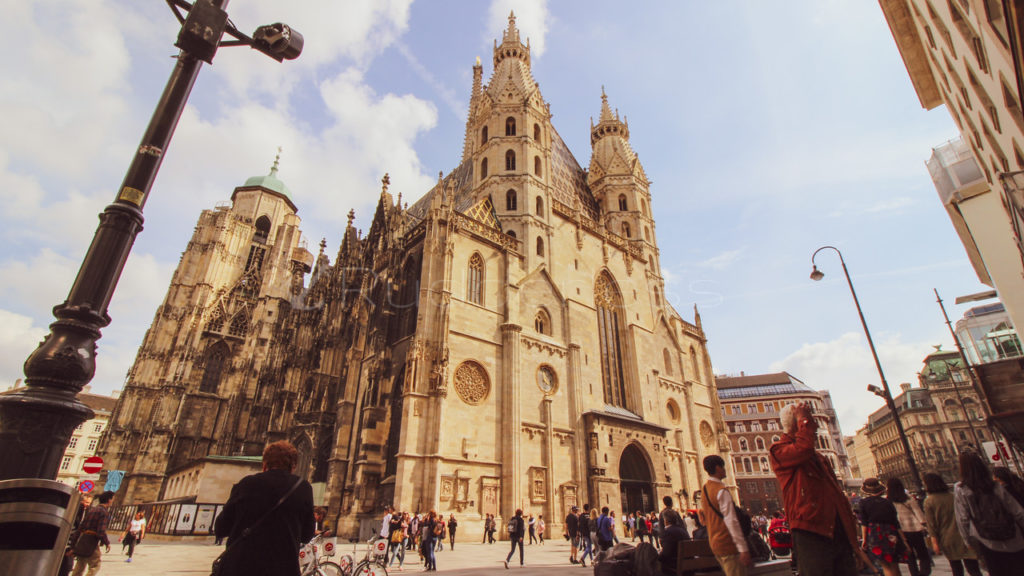
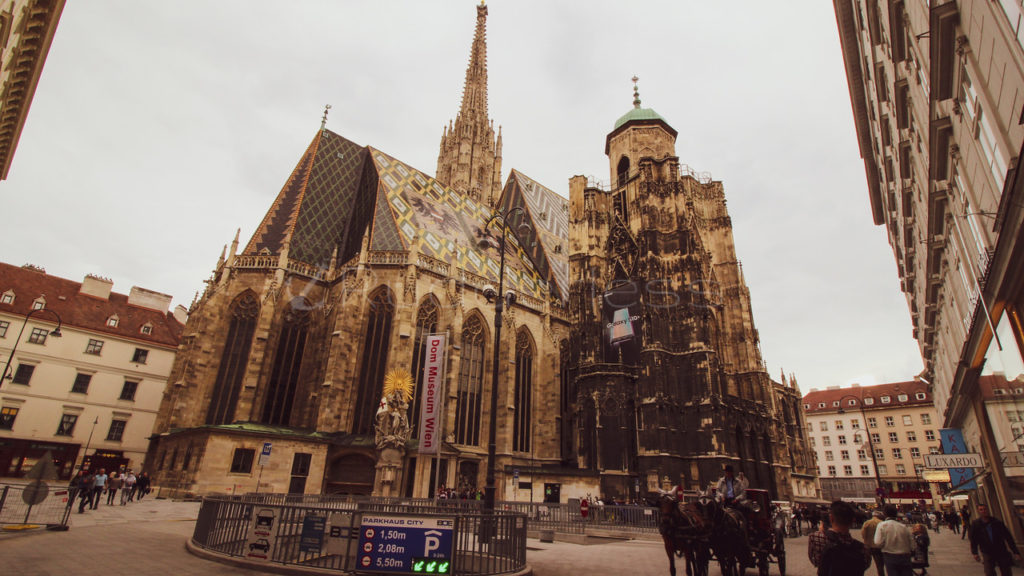
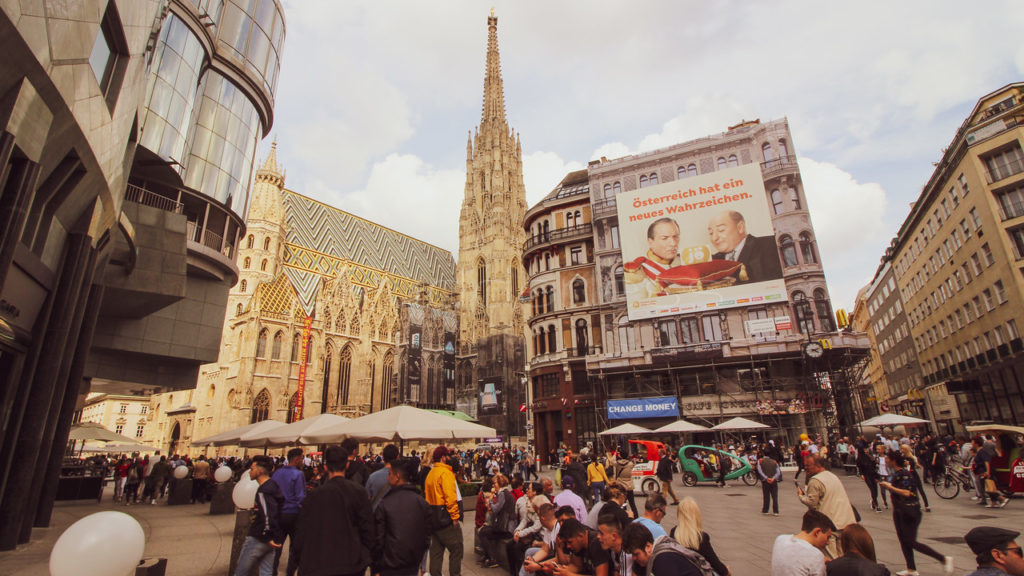
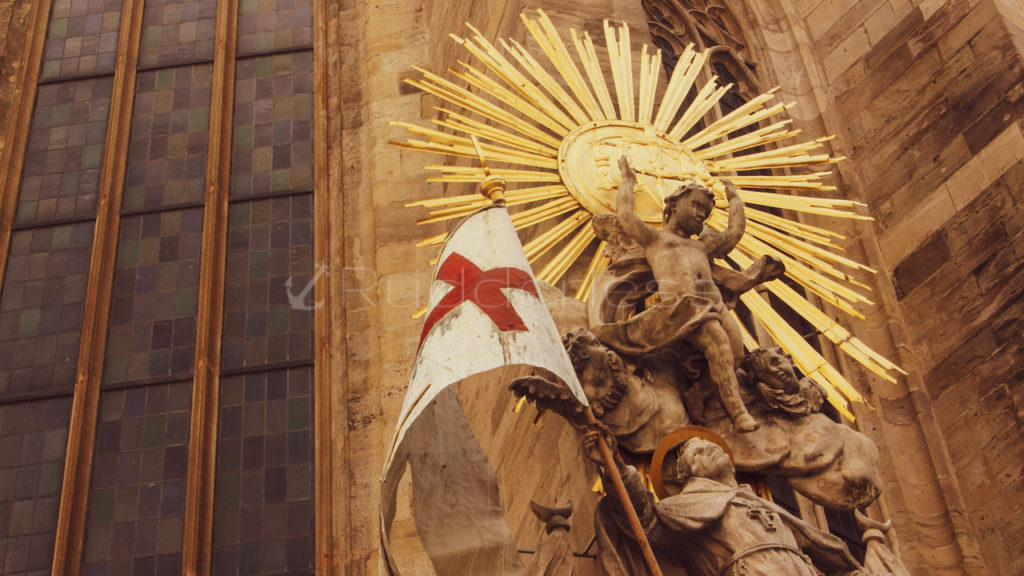
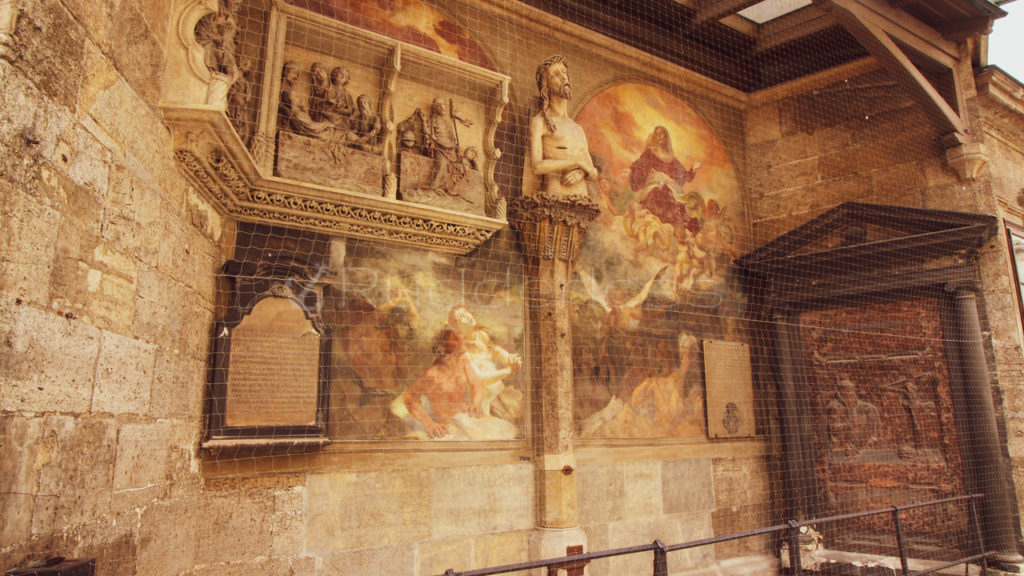
Stadtpark (City Park)
The Stadtpark Vienna is divided into two sections by the Vienna River. All throughout the park, there are statues of famous Viennese artists, writers, and composers, including Hans Canon, Emil Jakob Schindler, Johann Strauss II, Franz Schubert, and Anton Bruckner.
